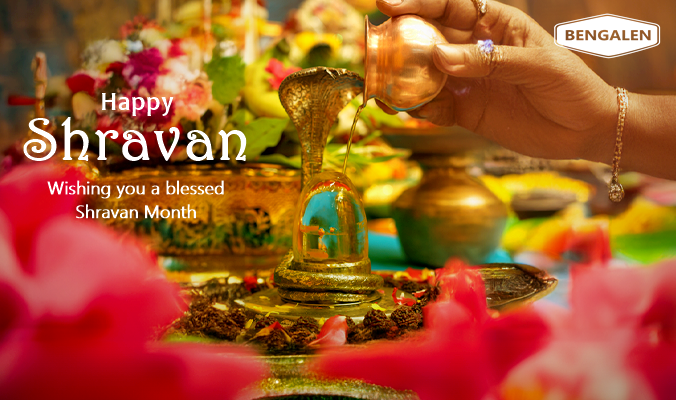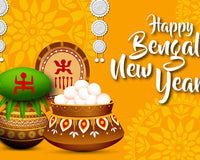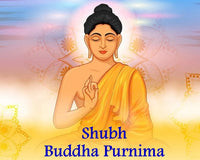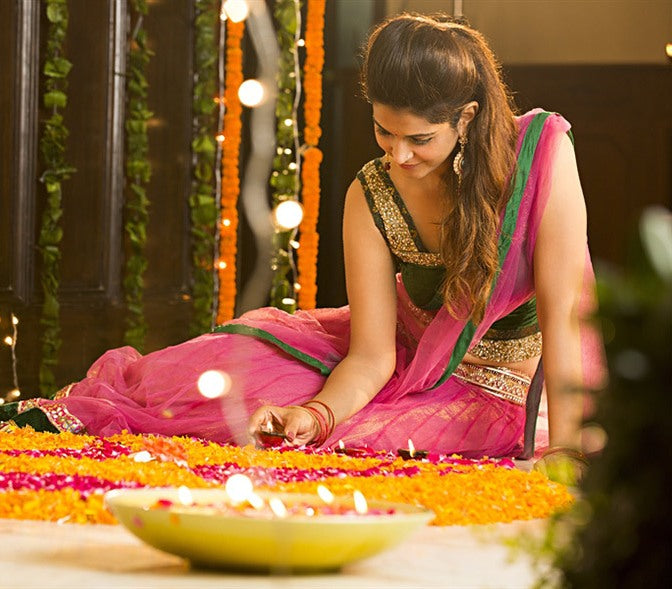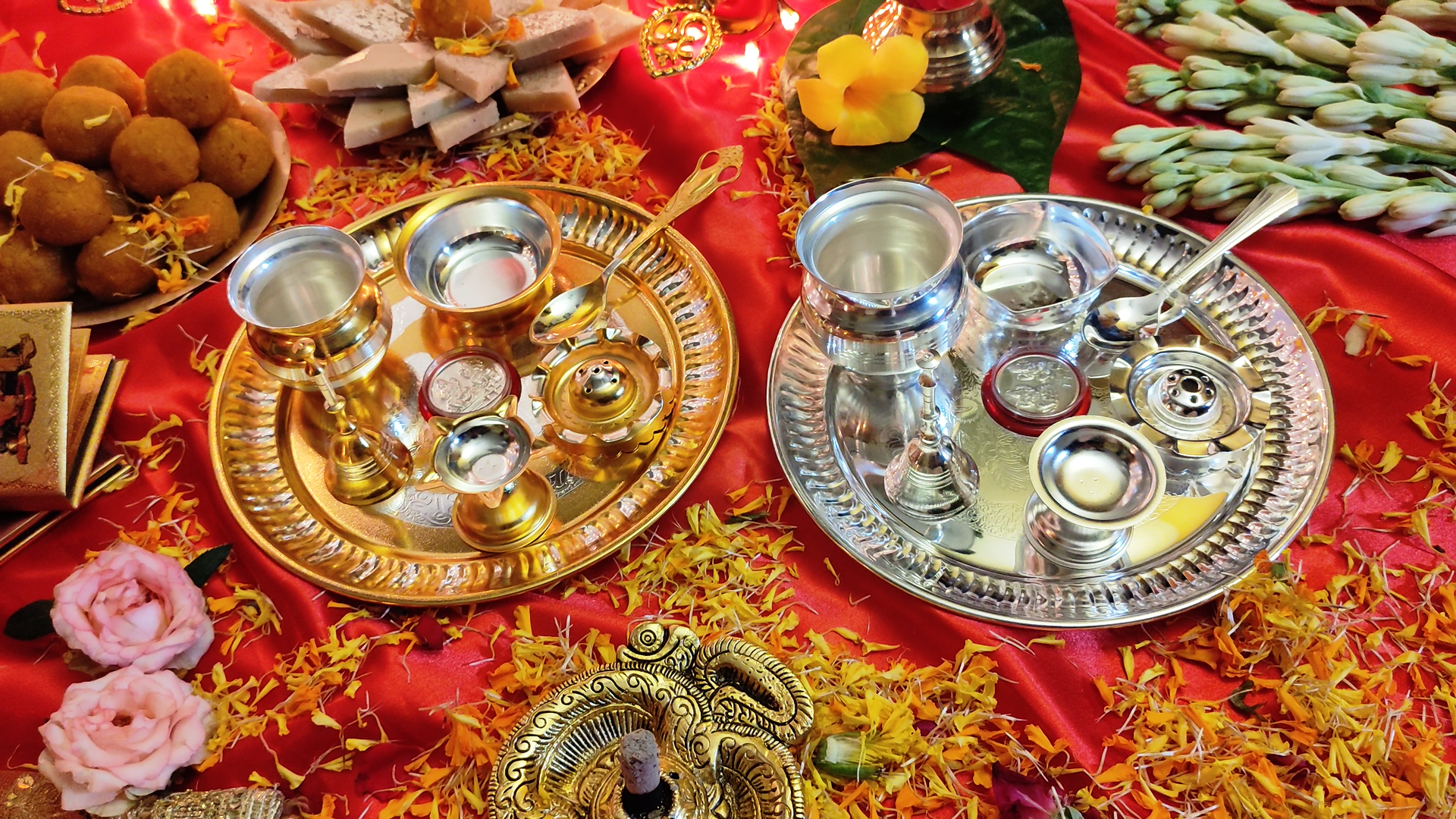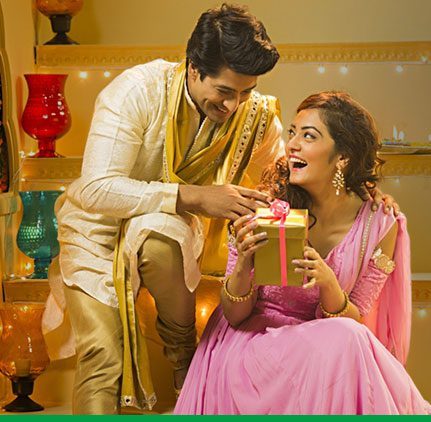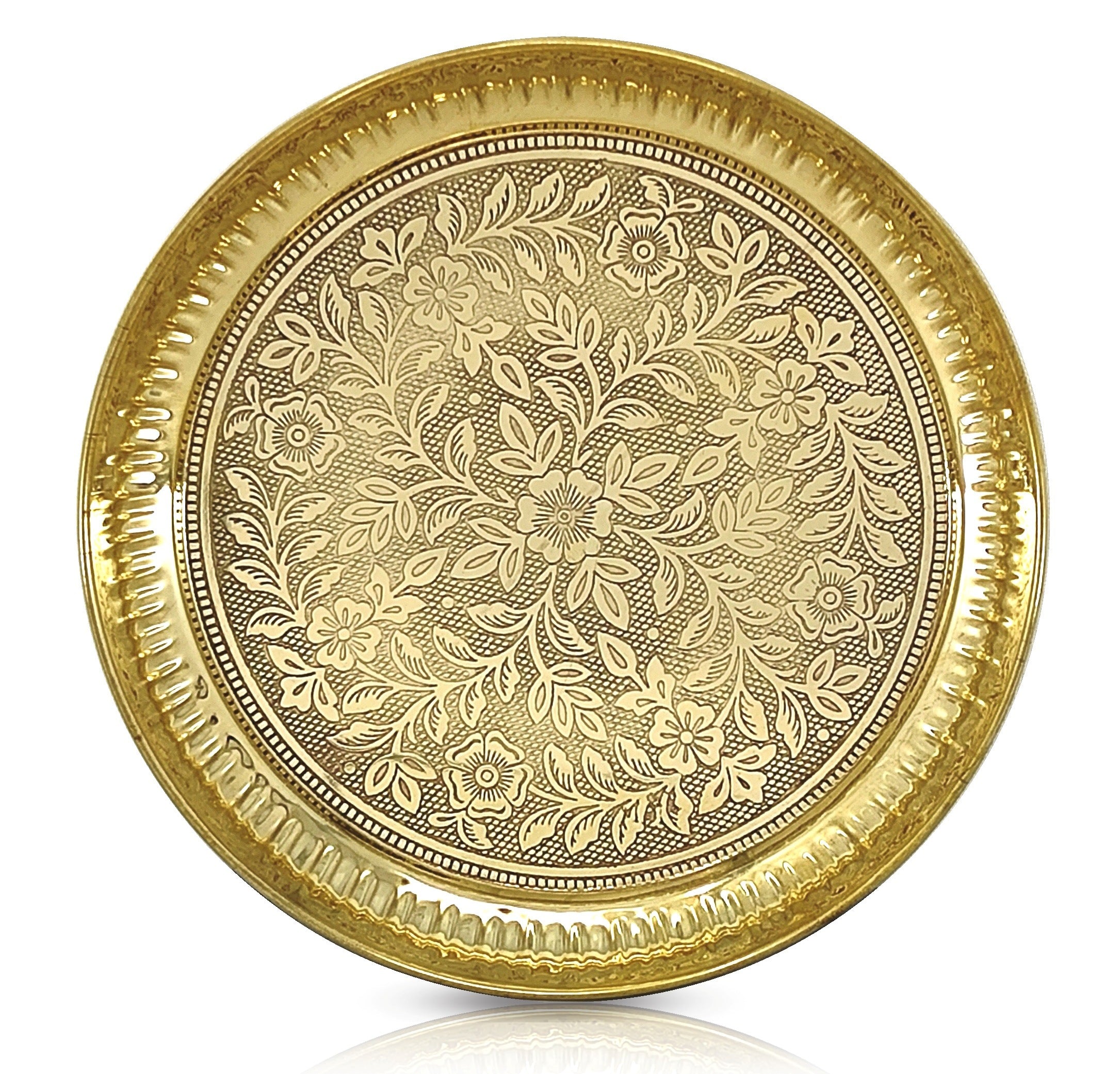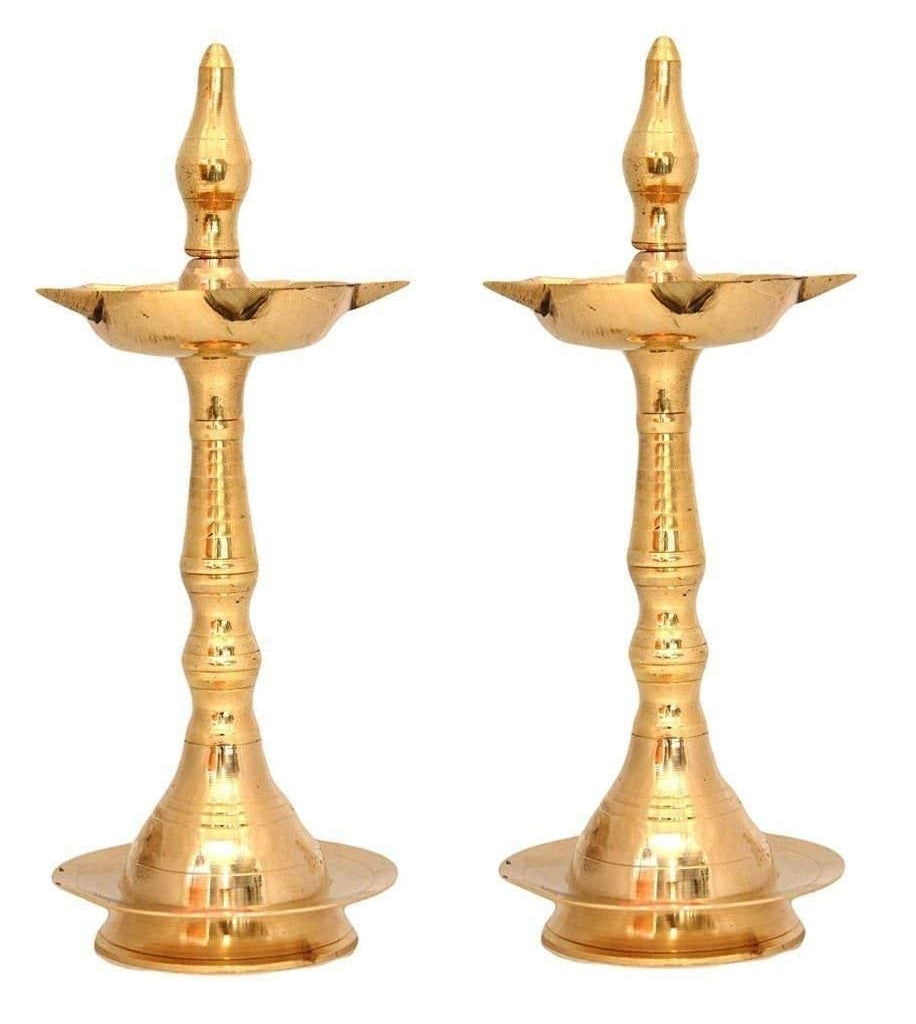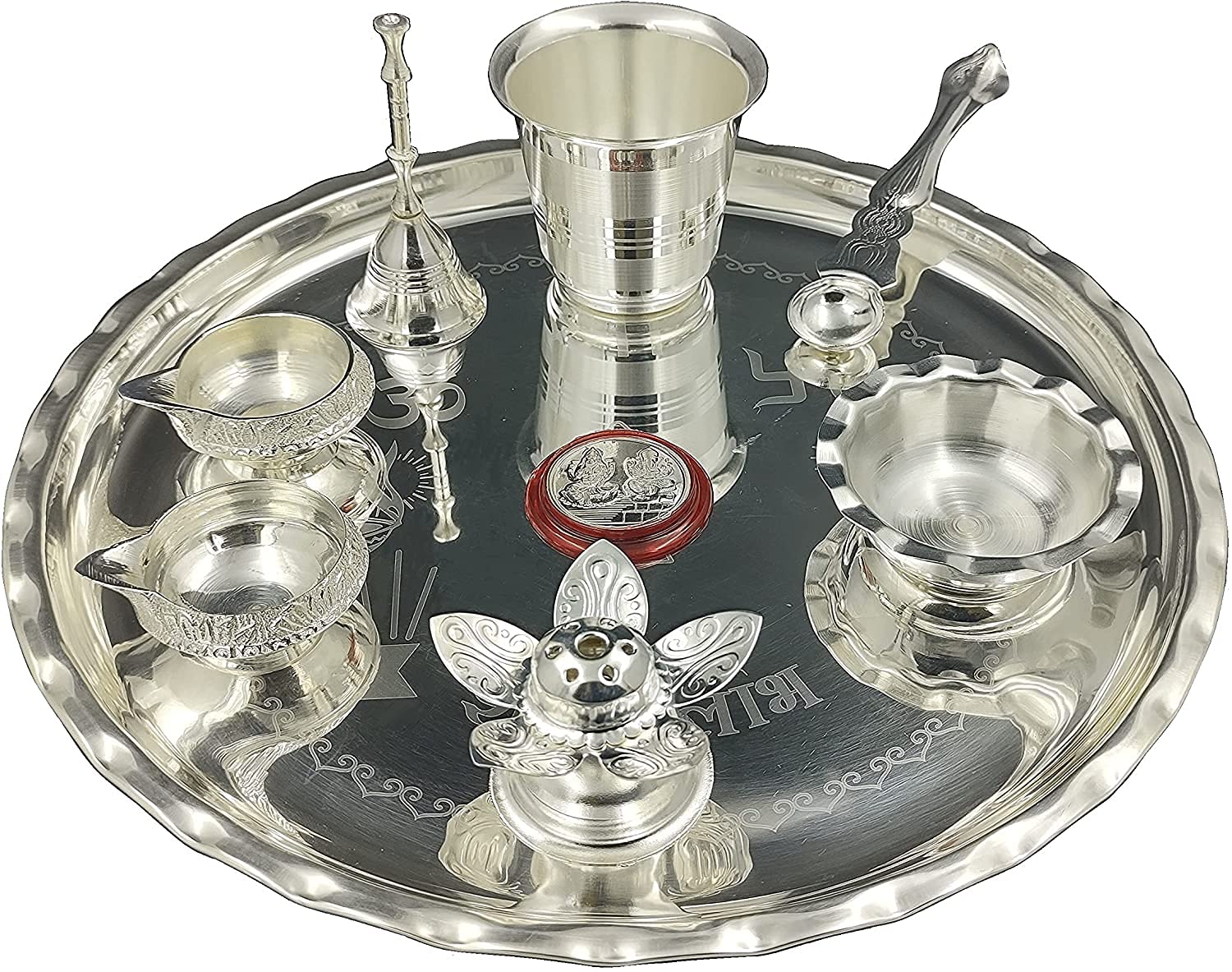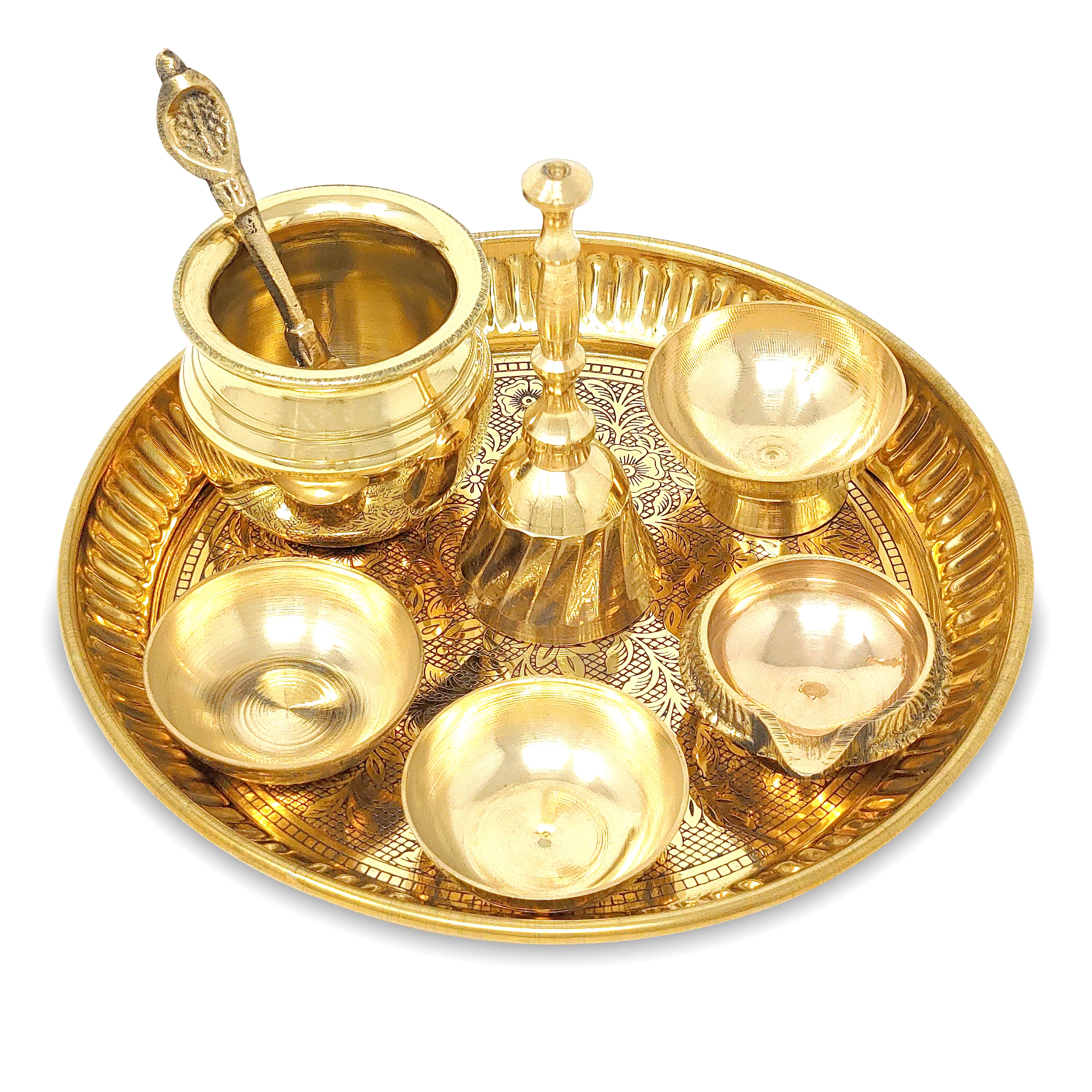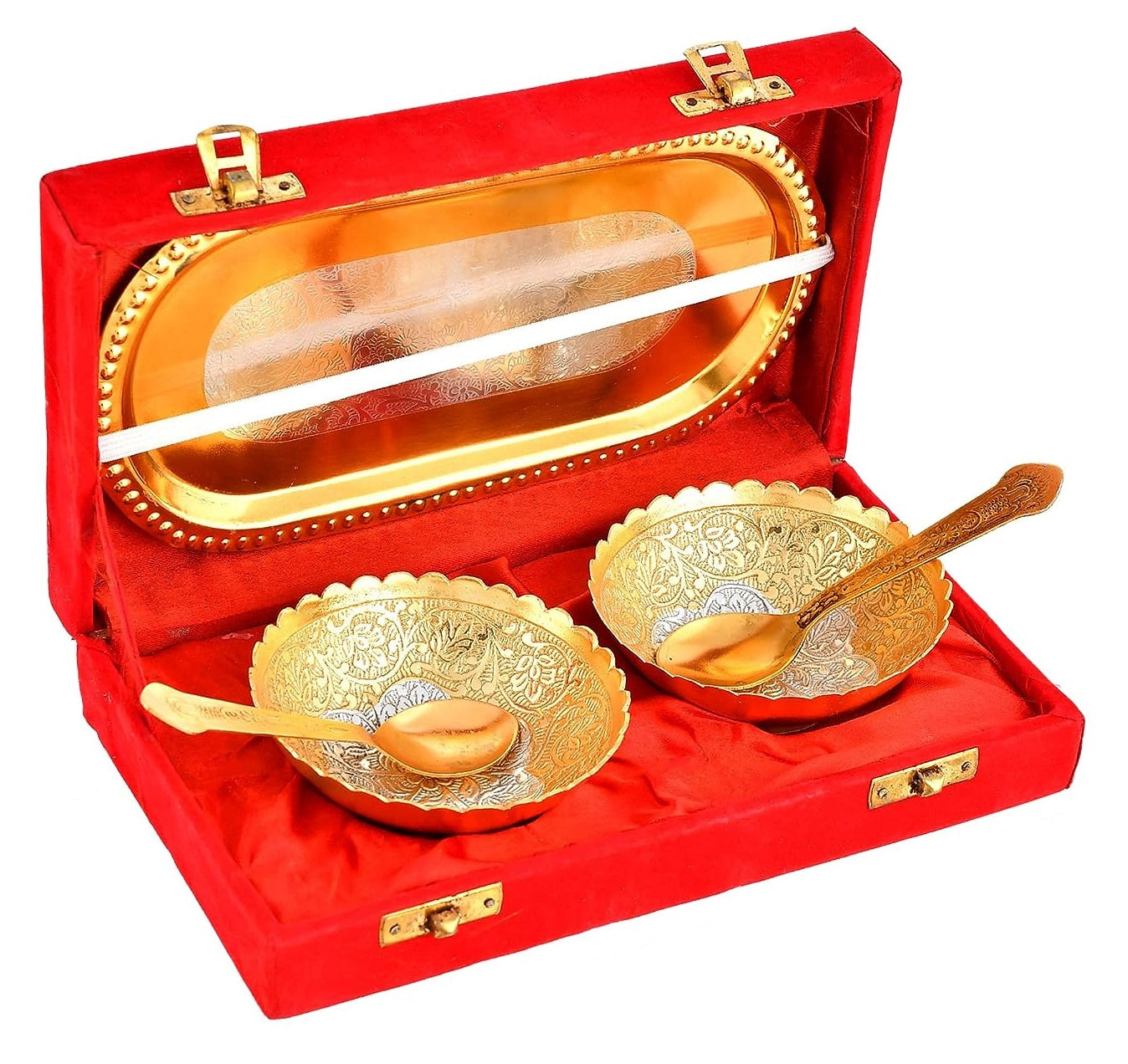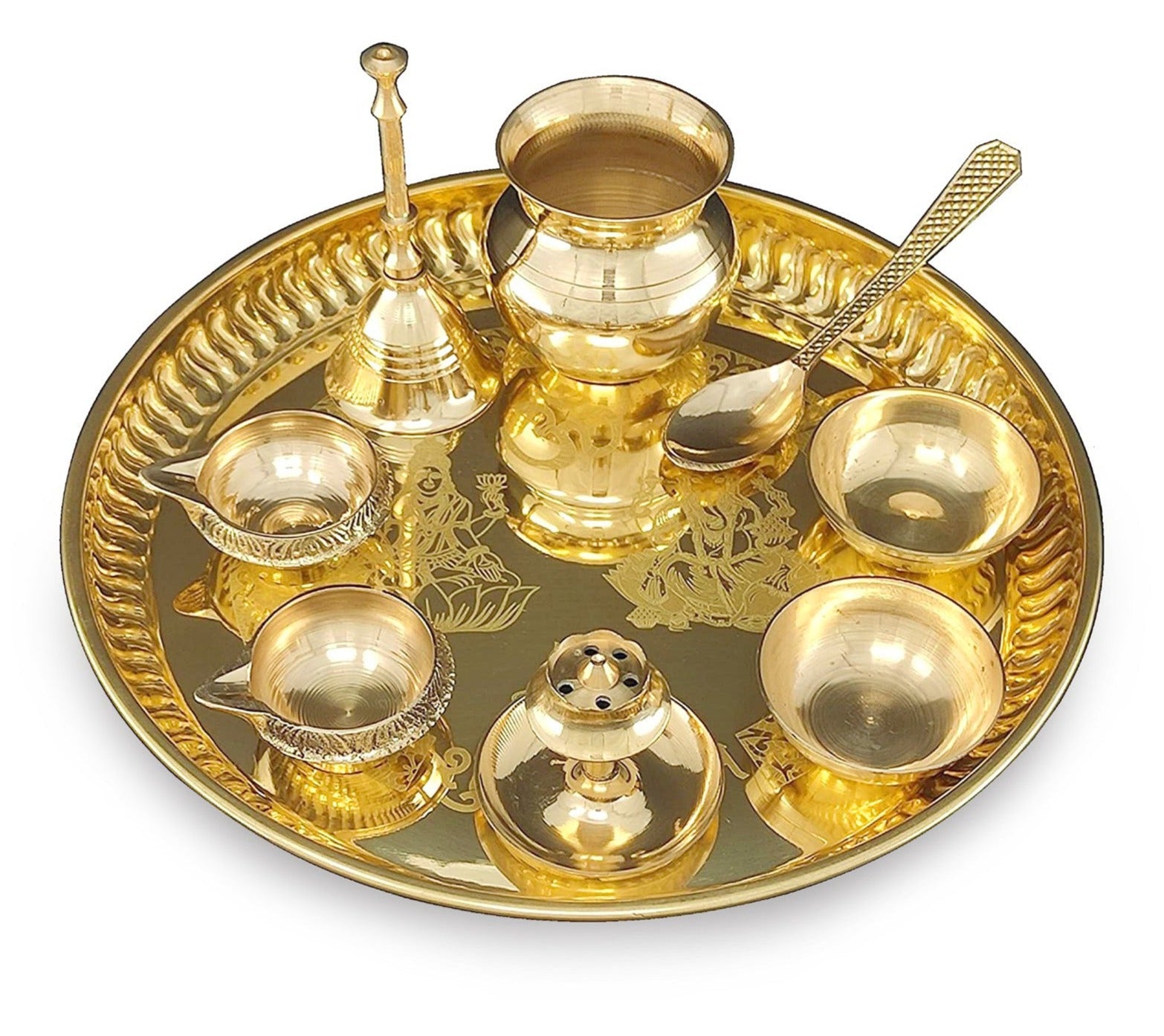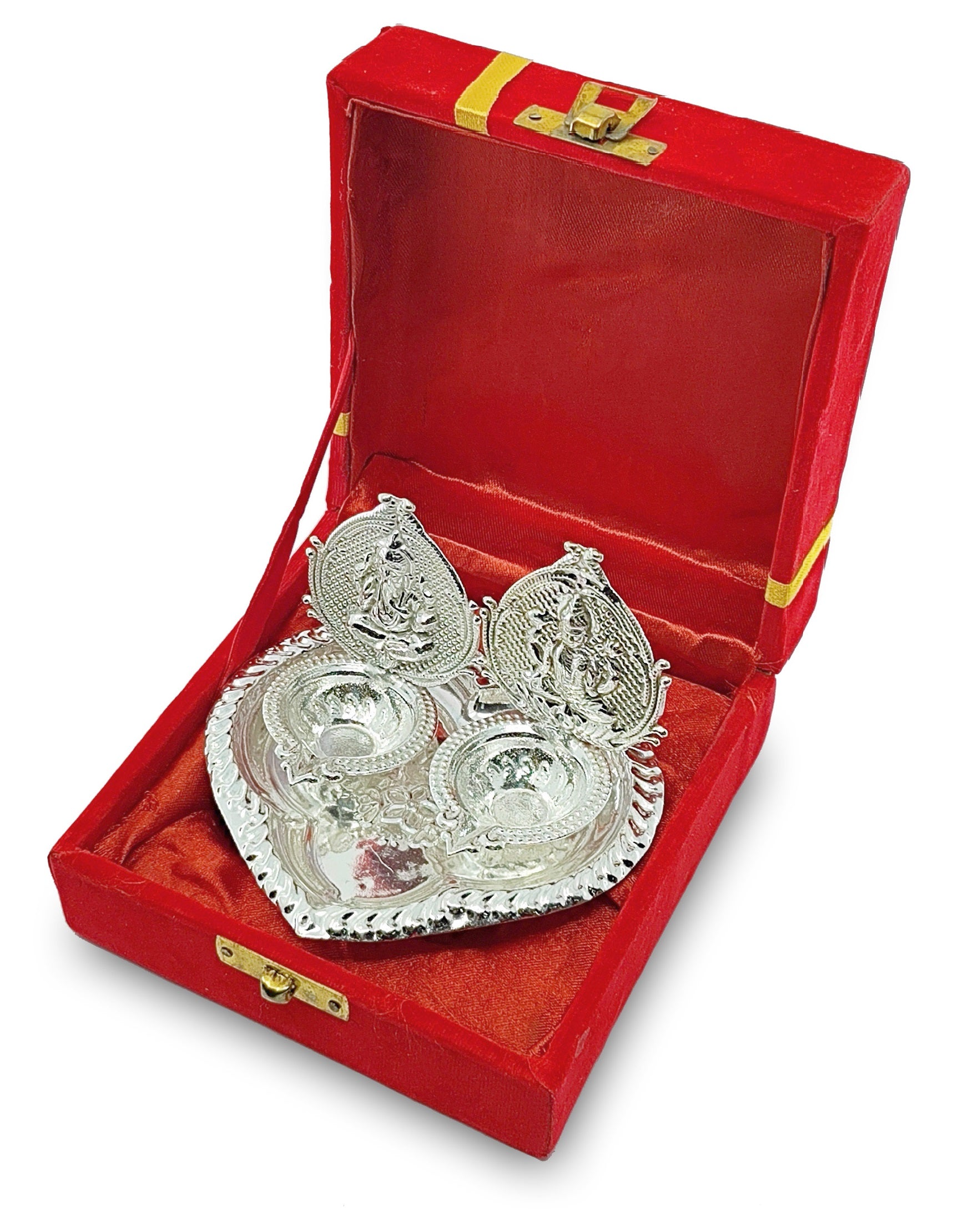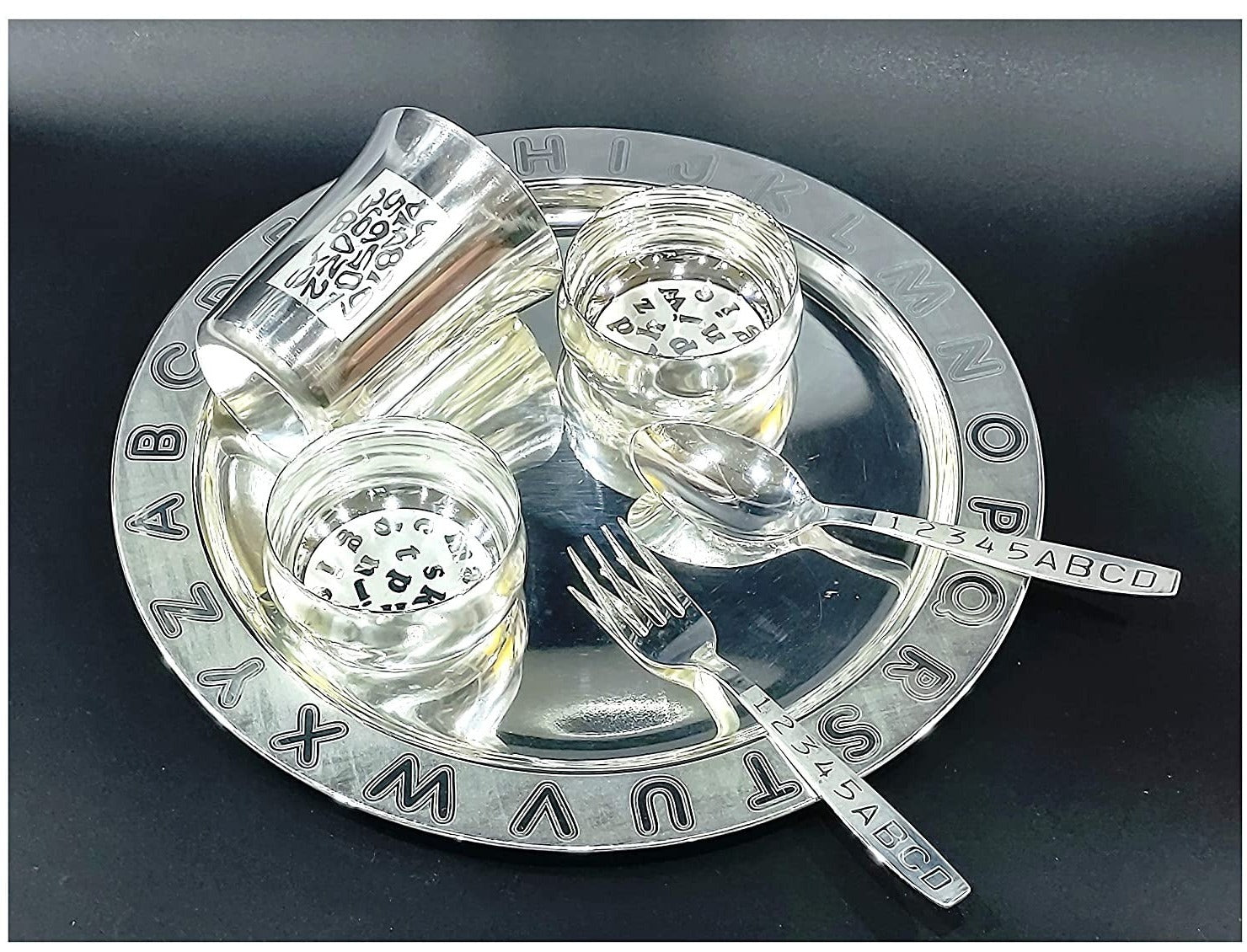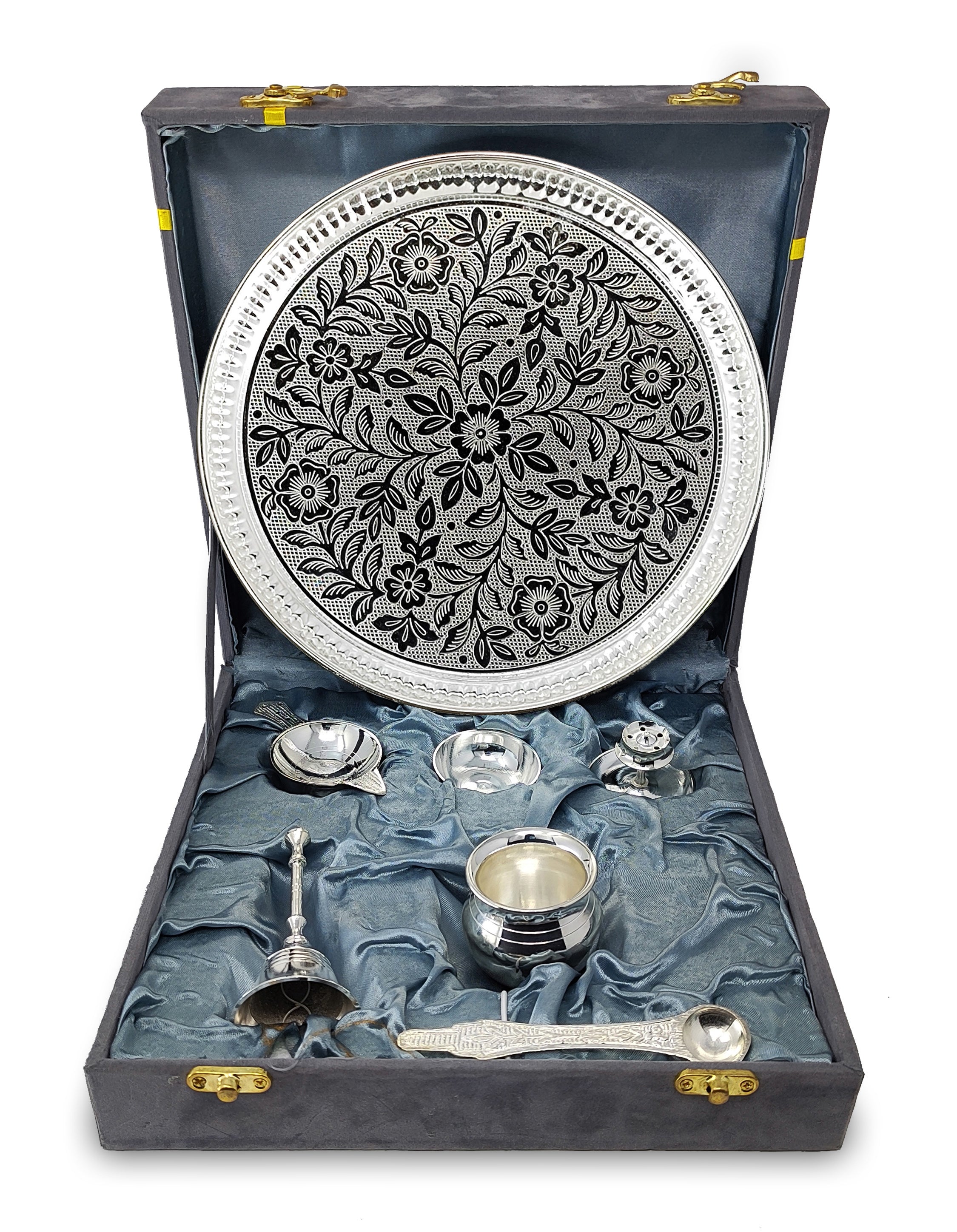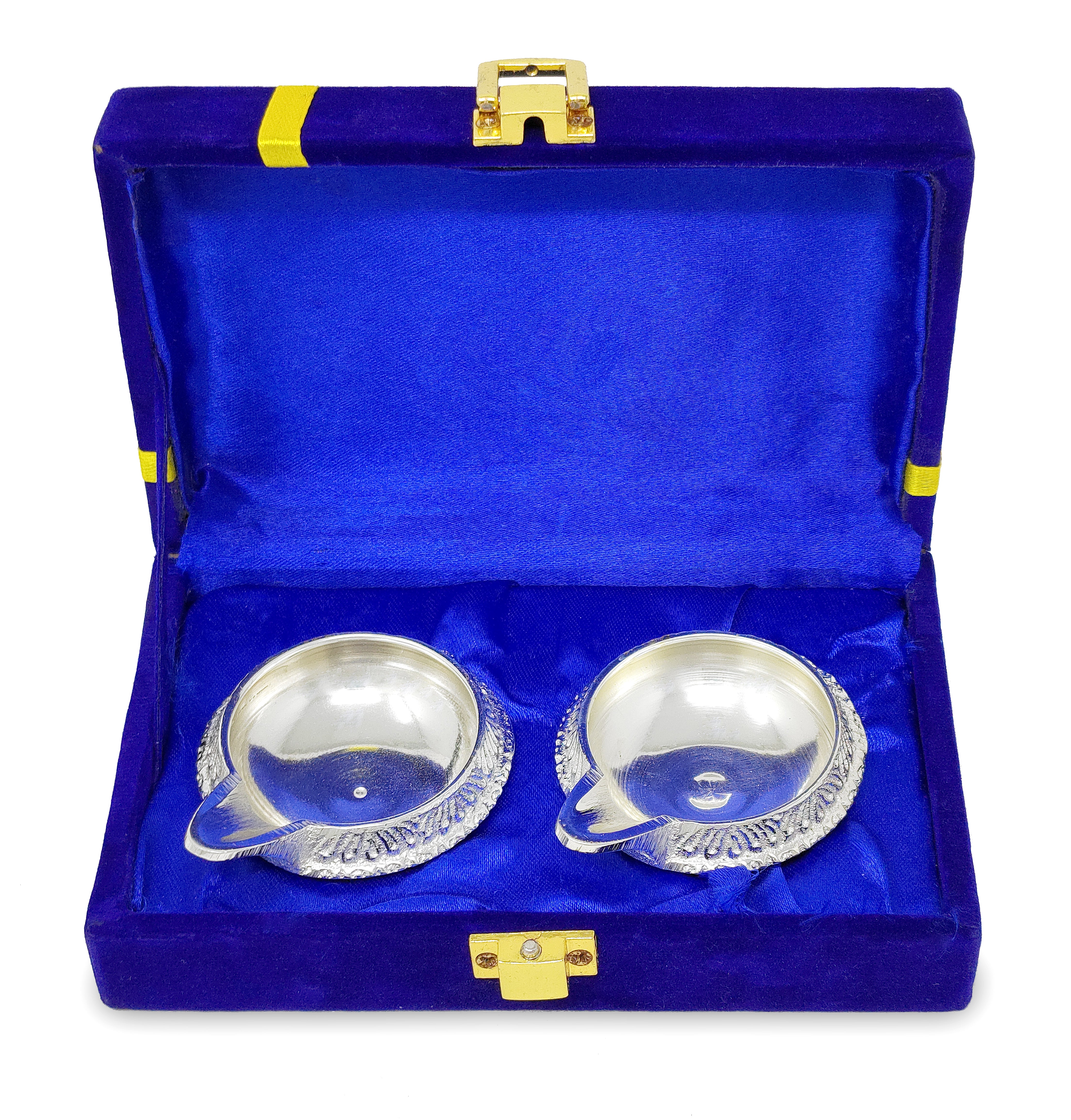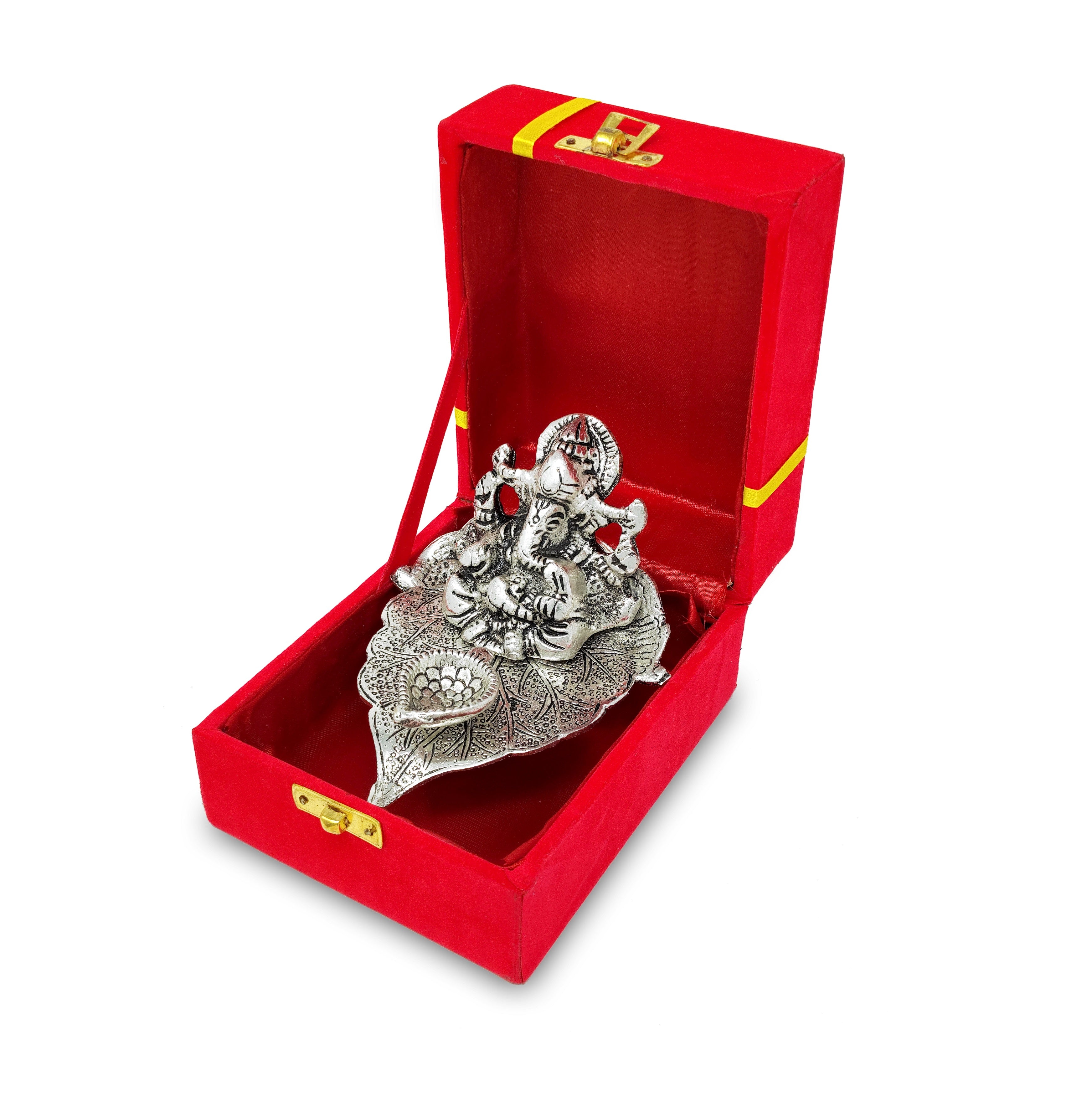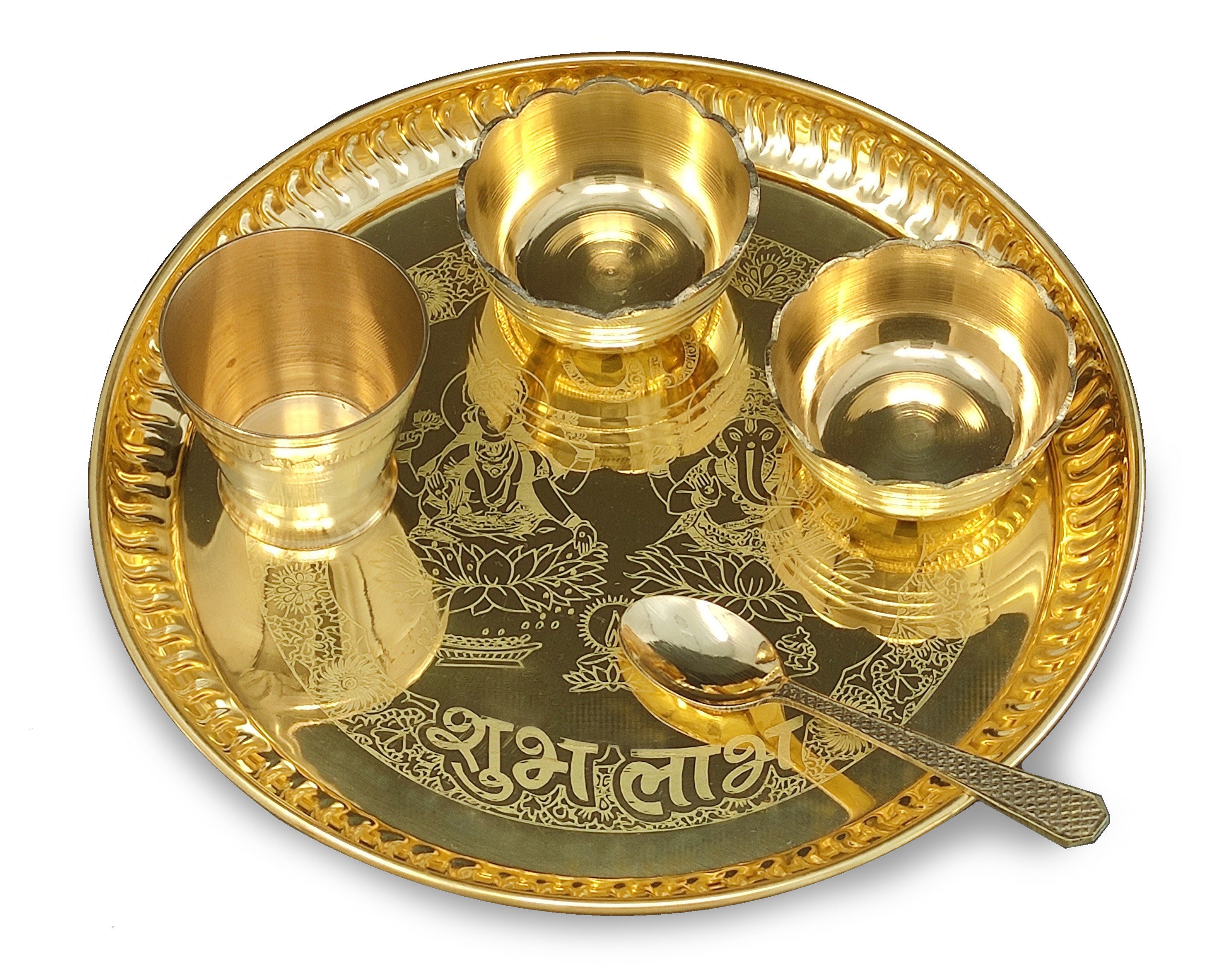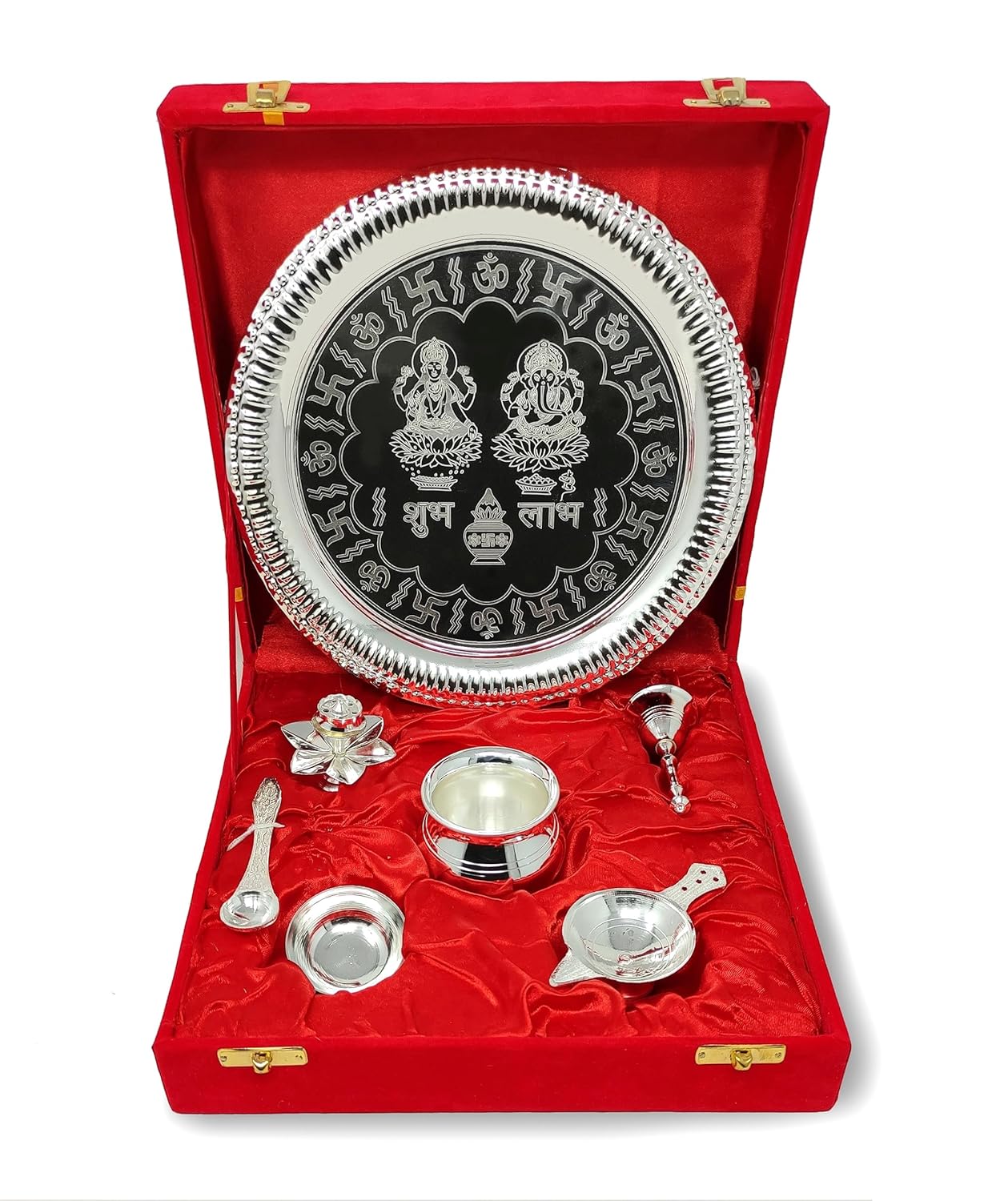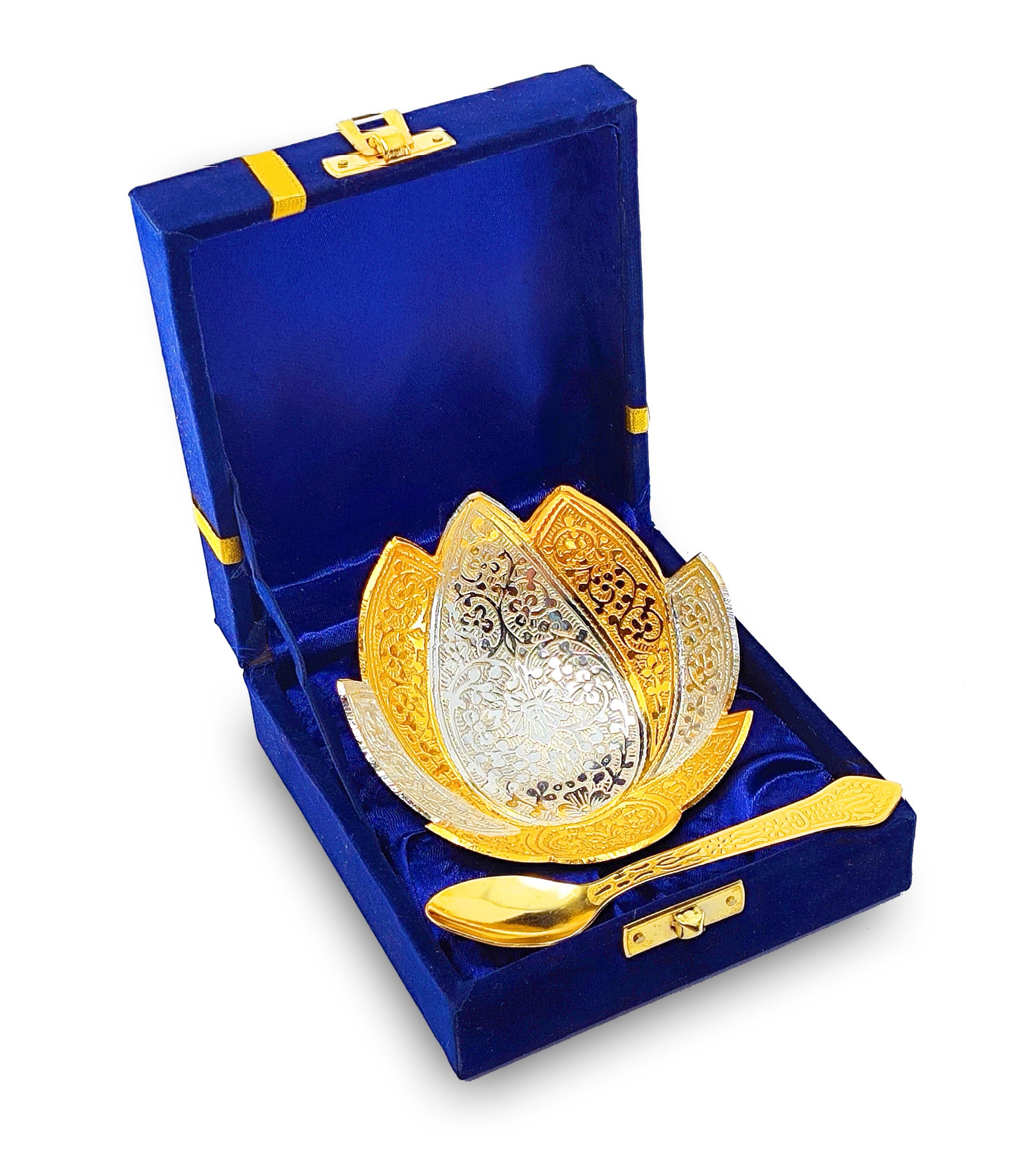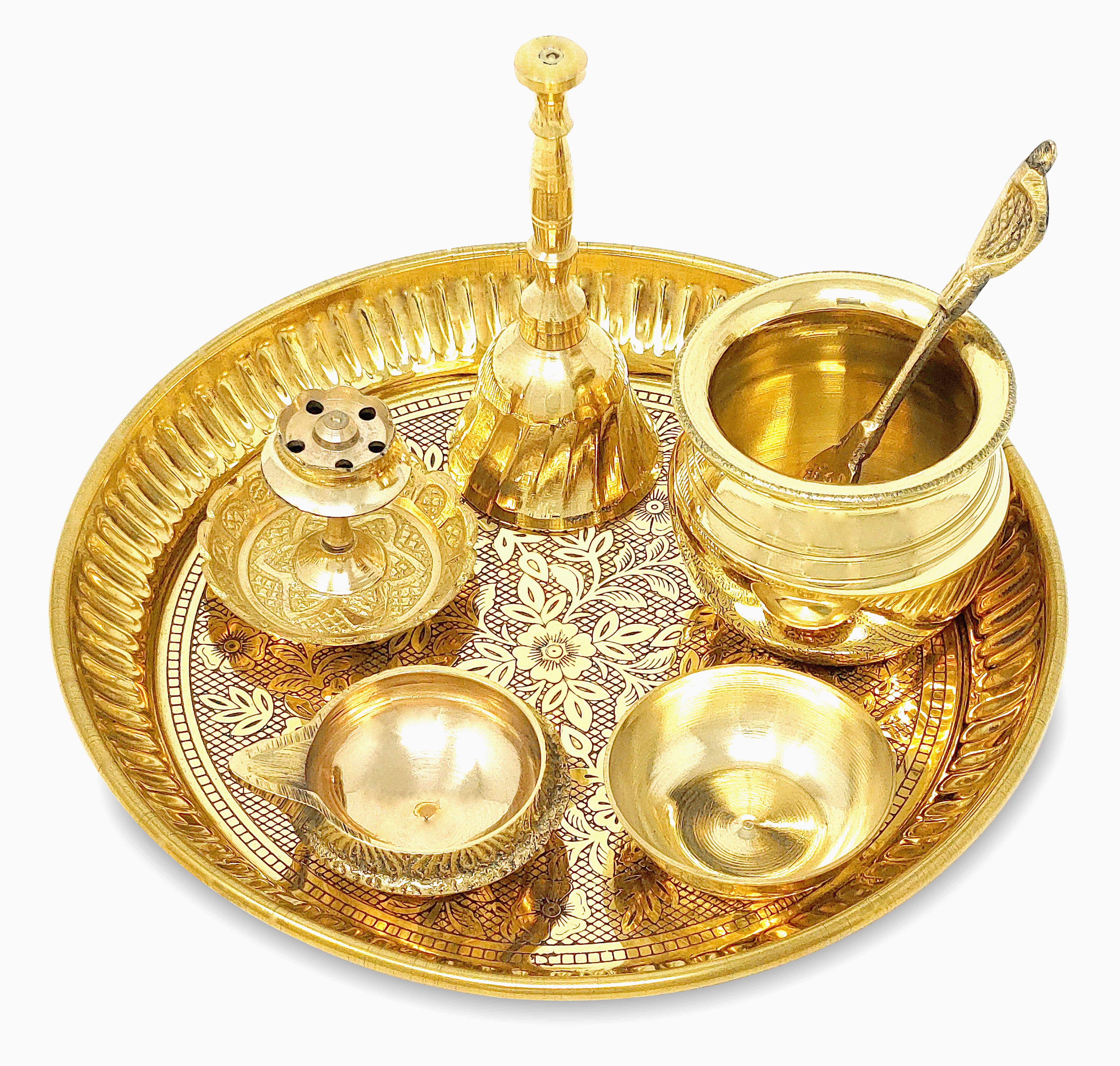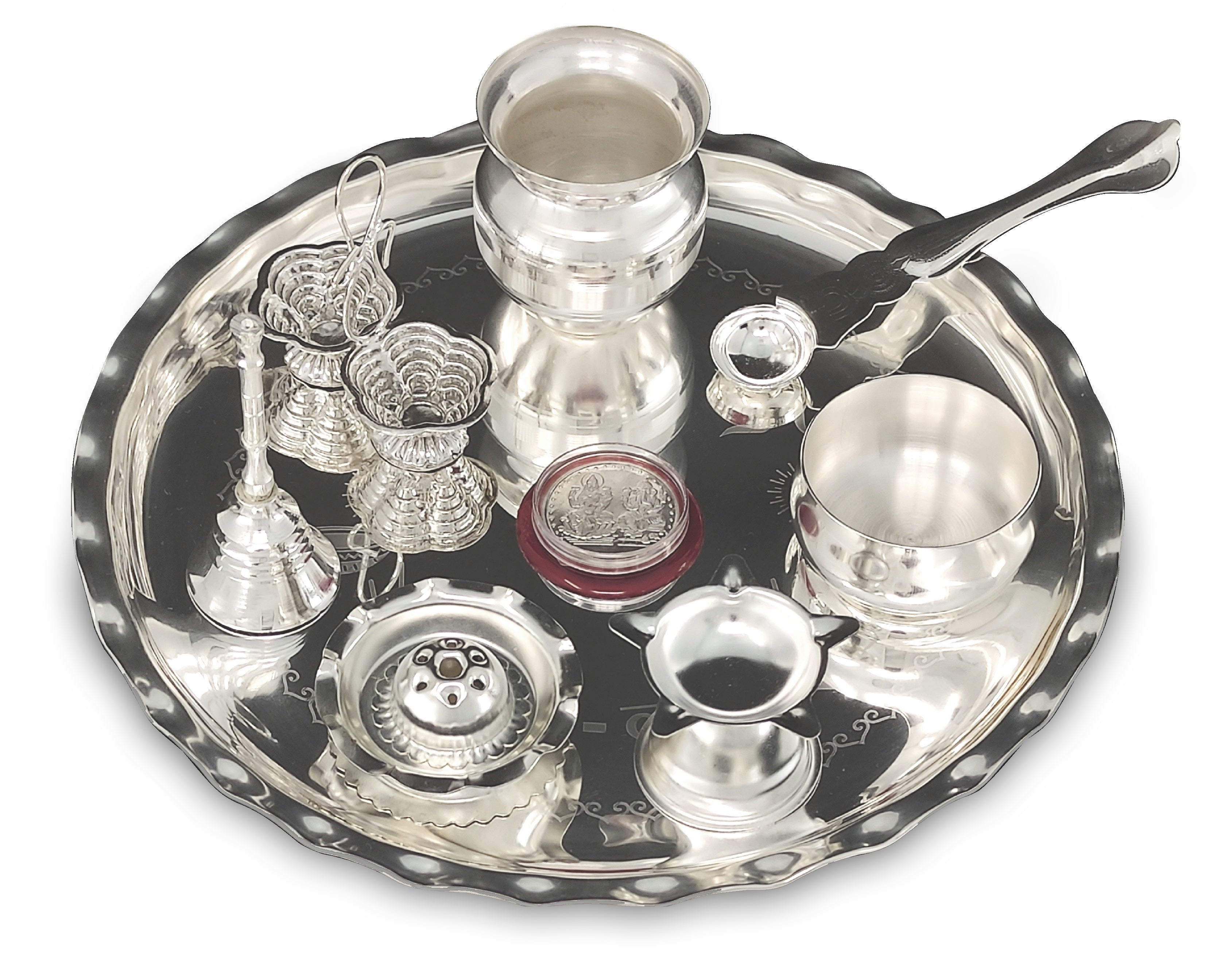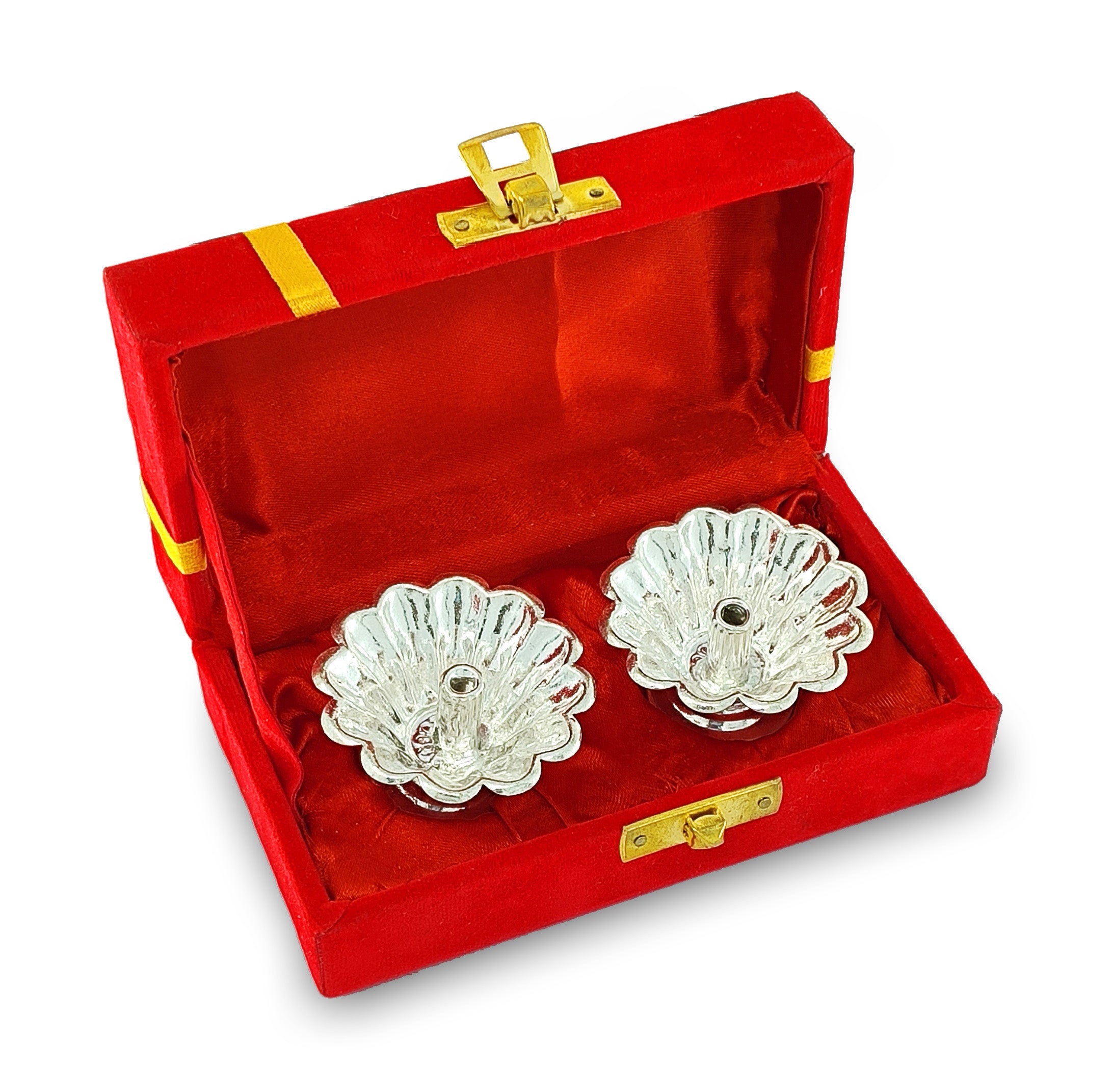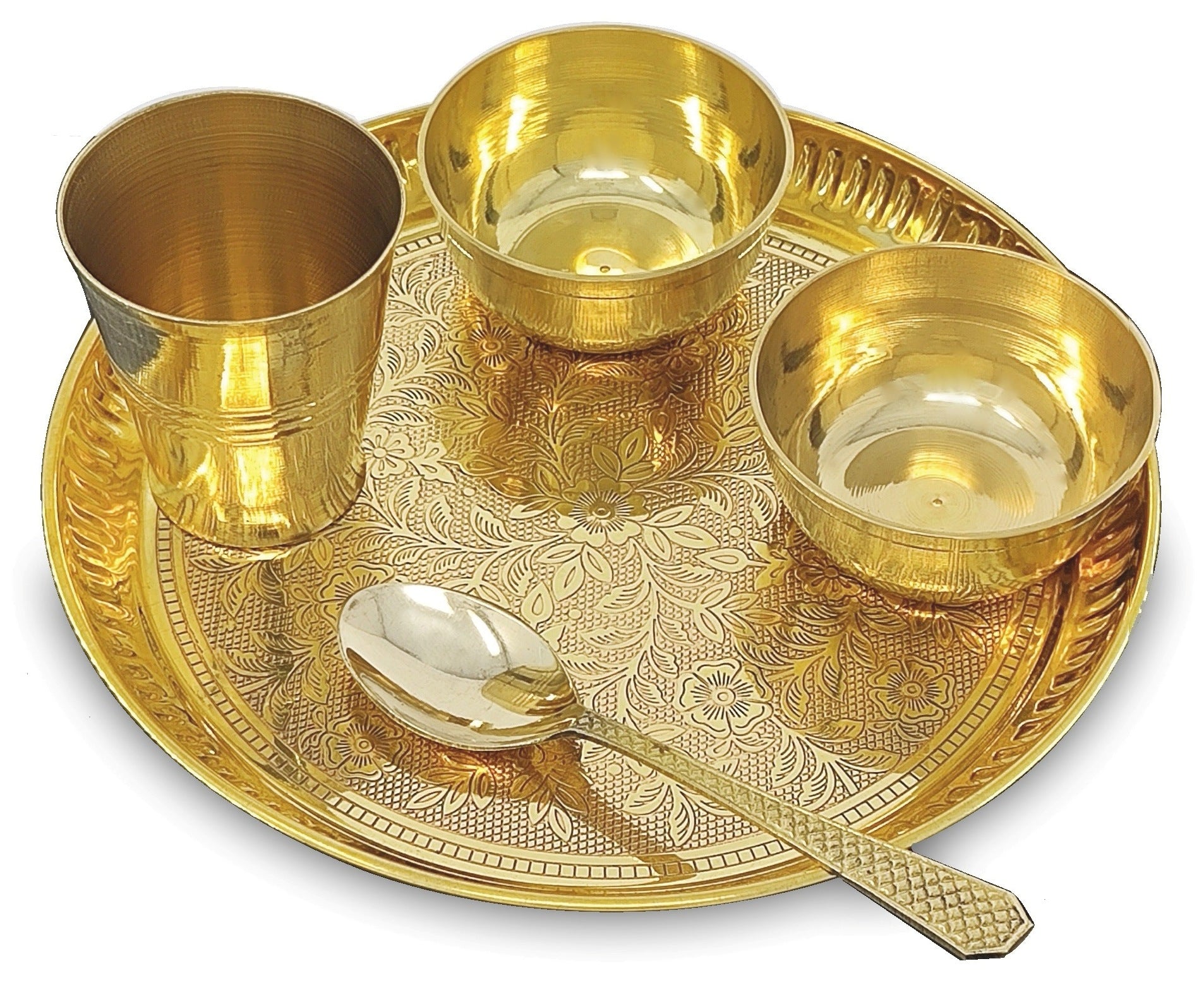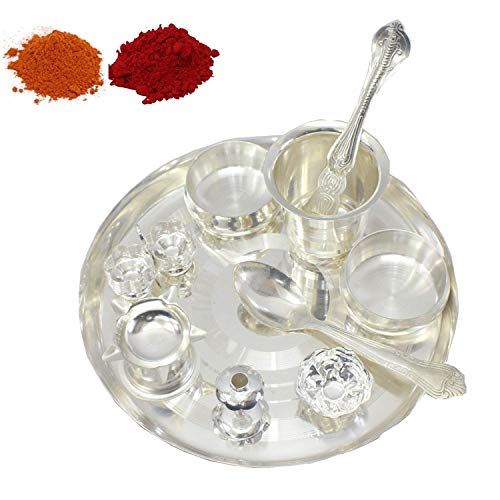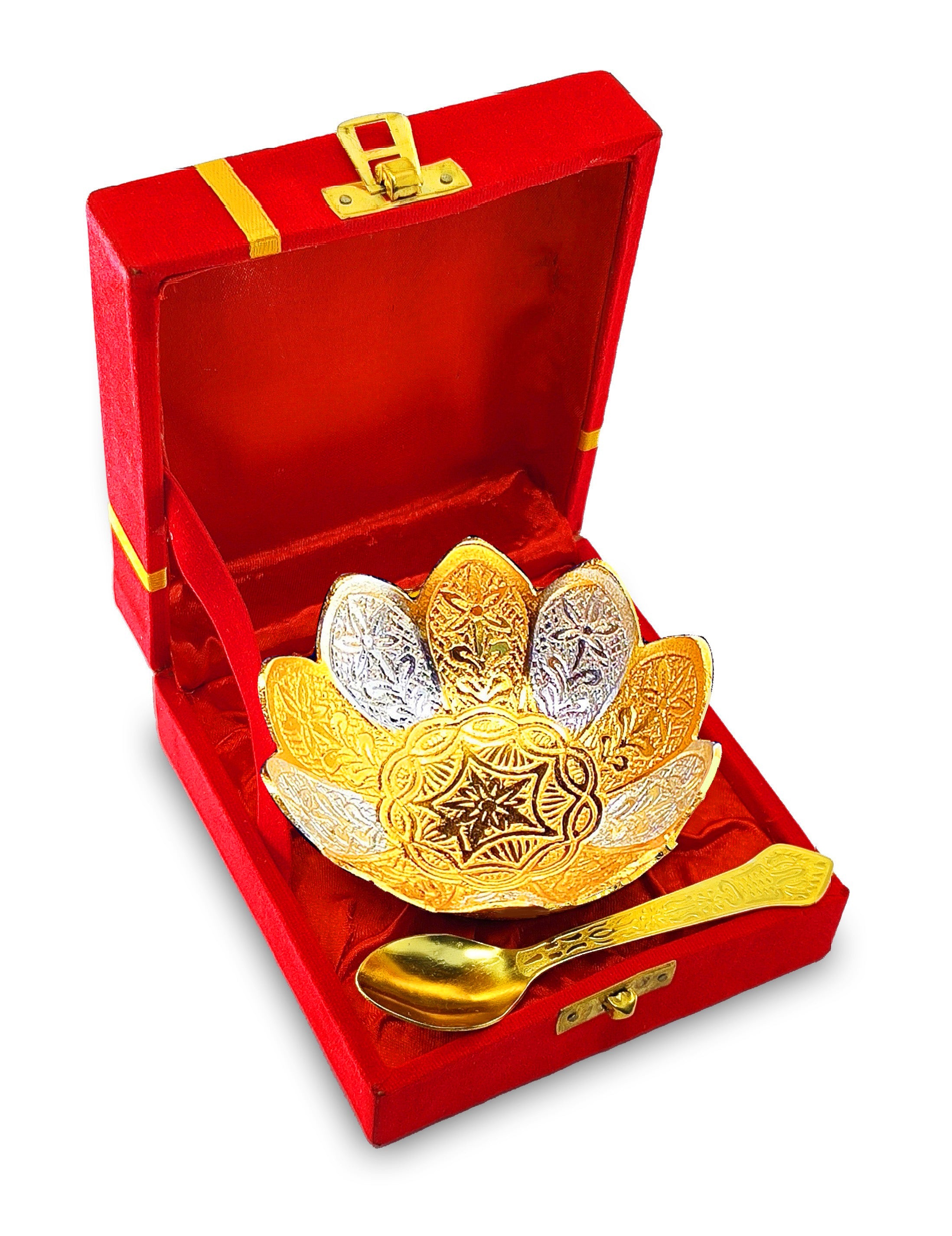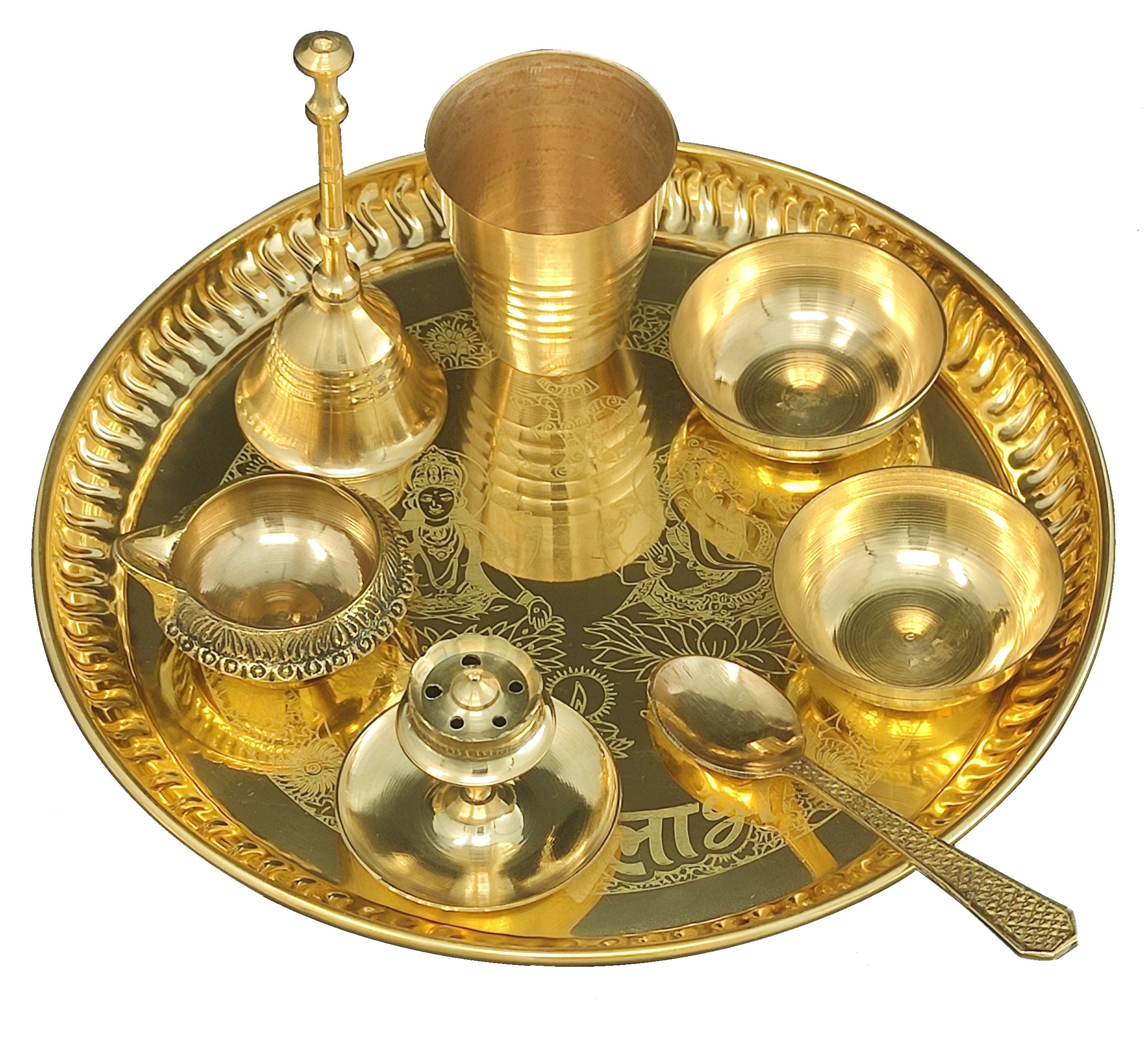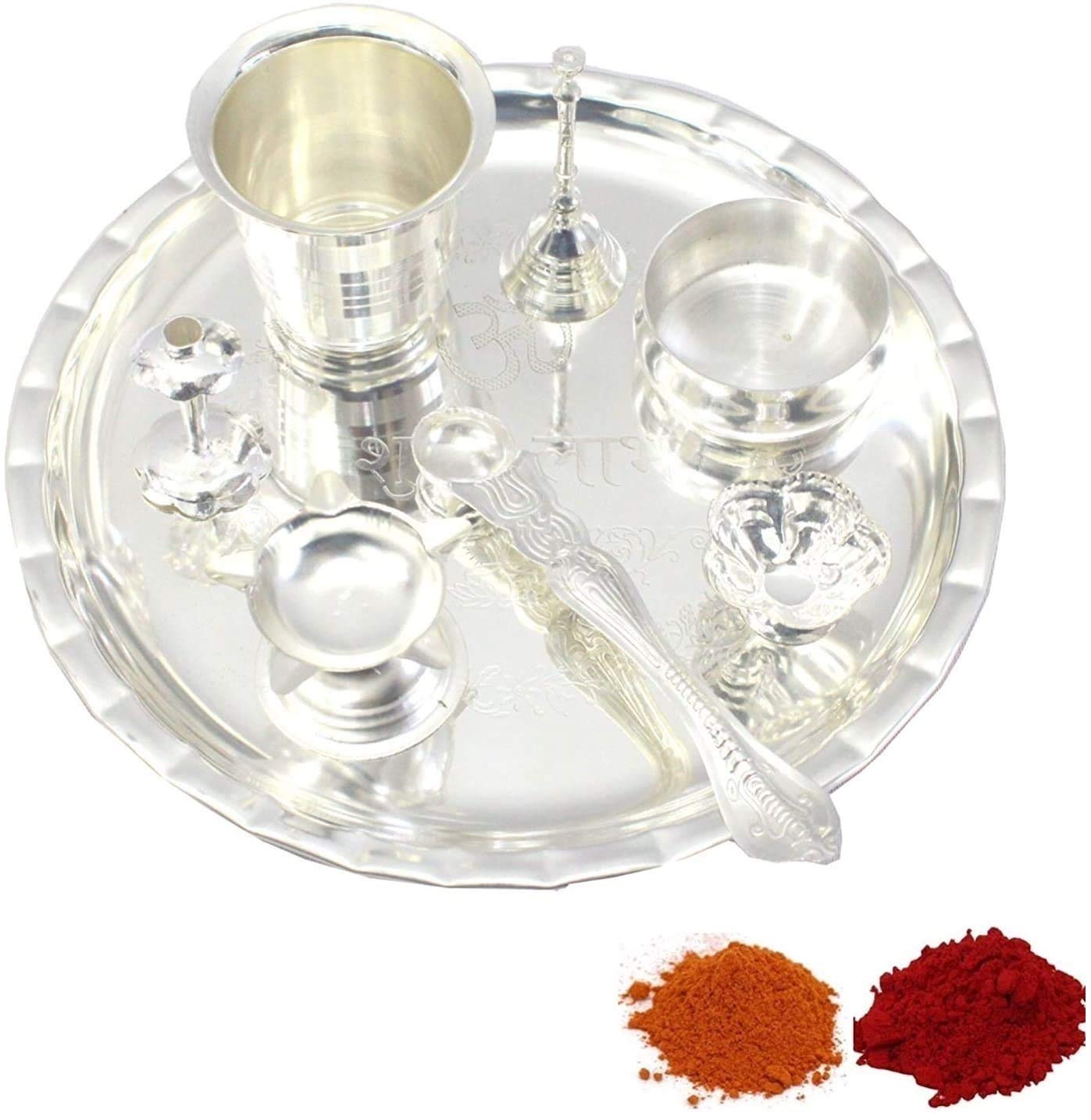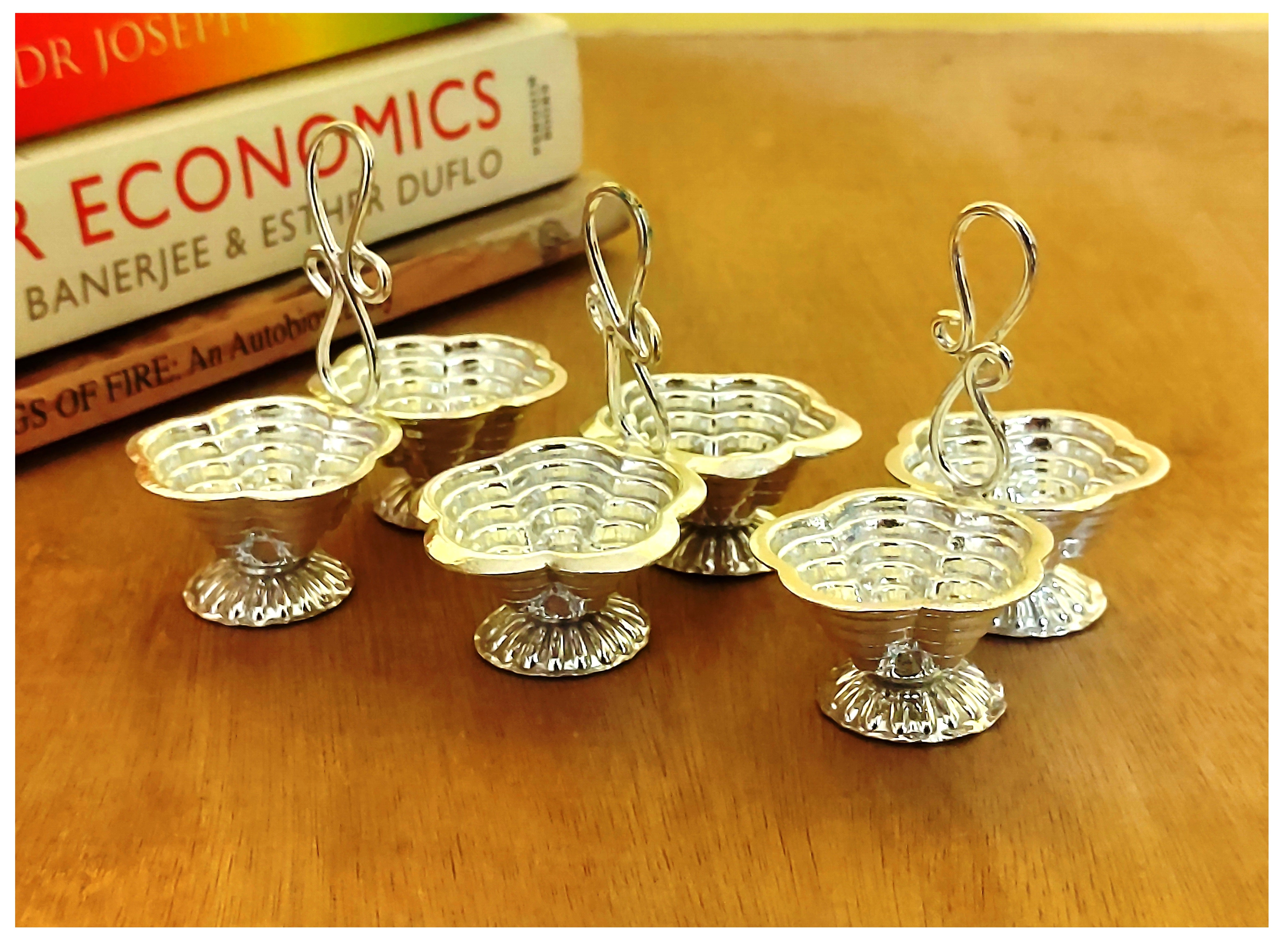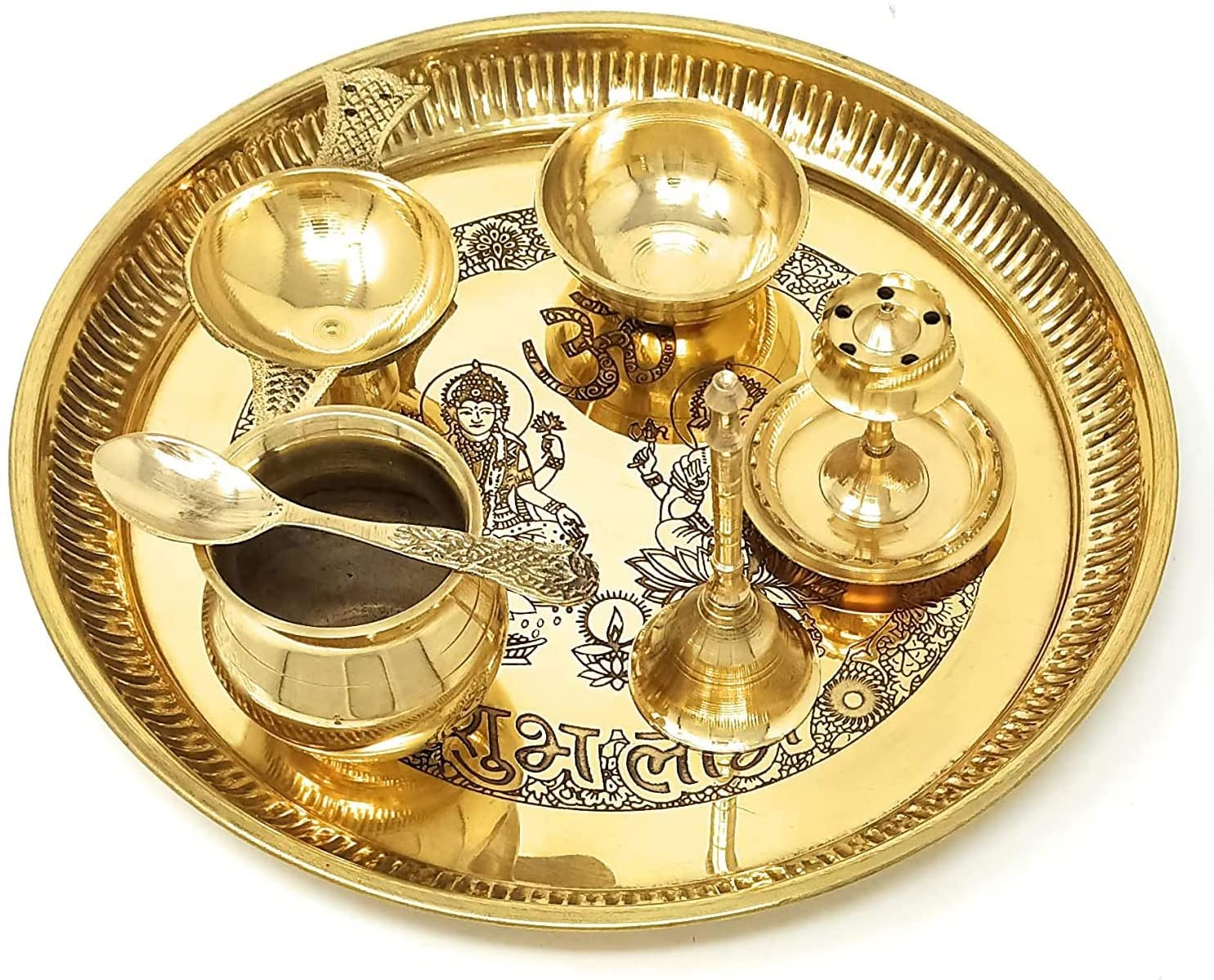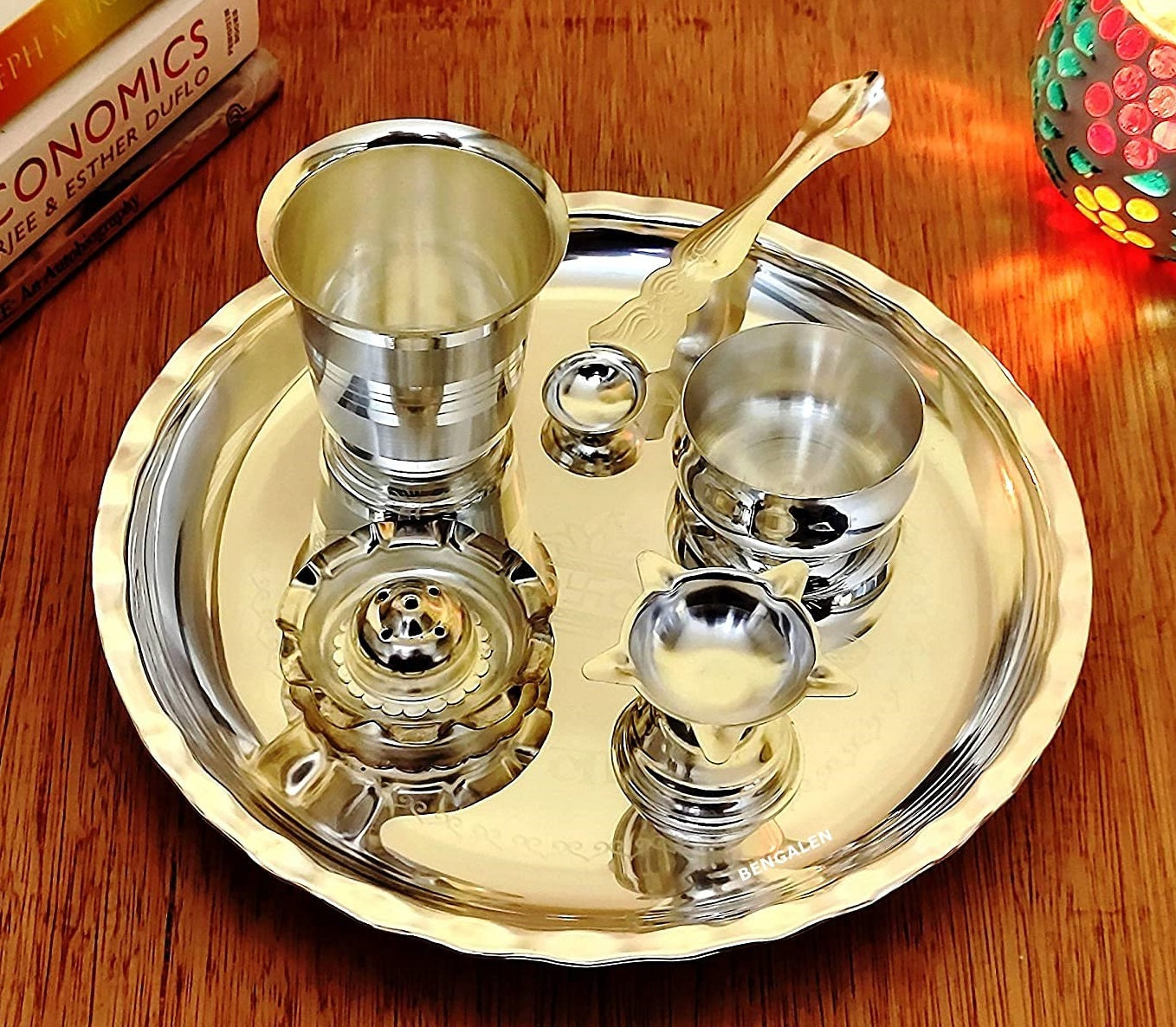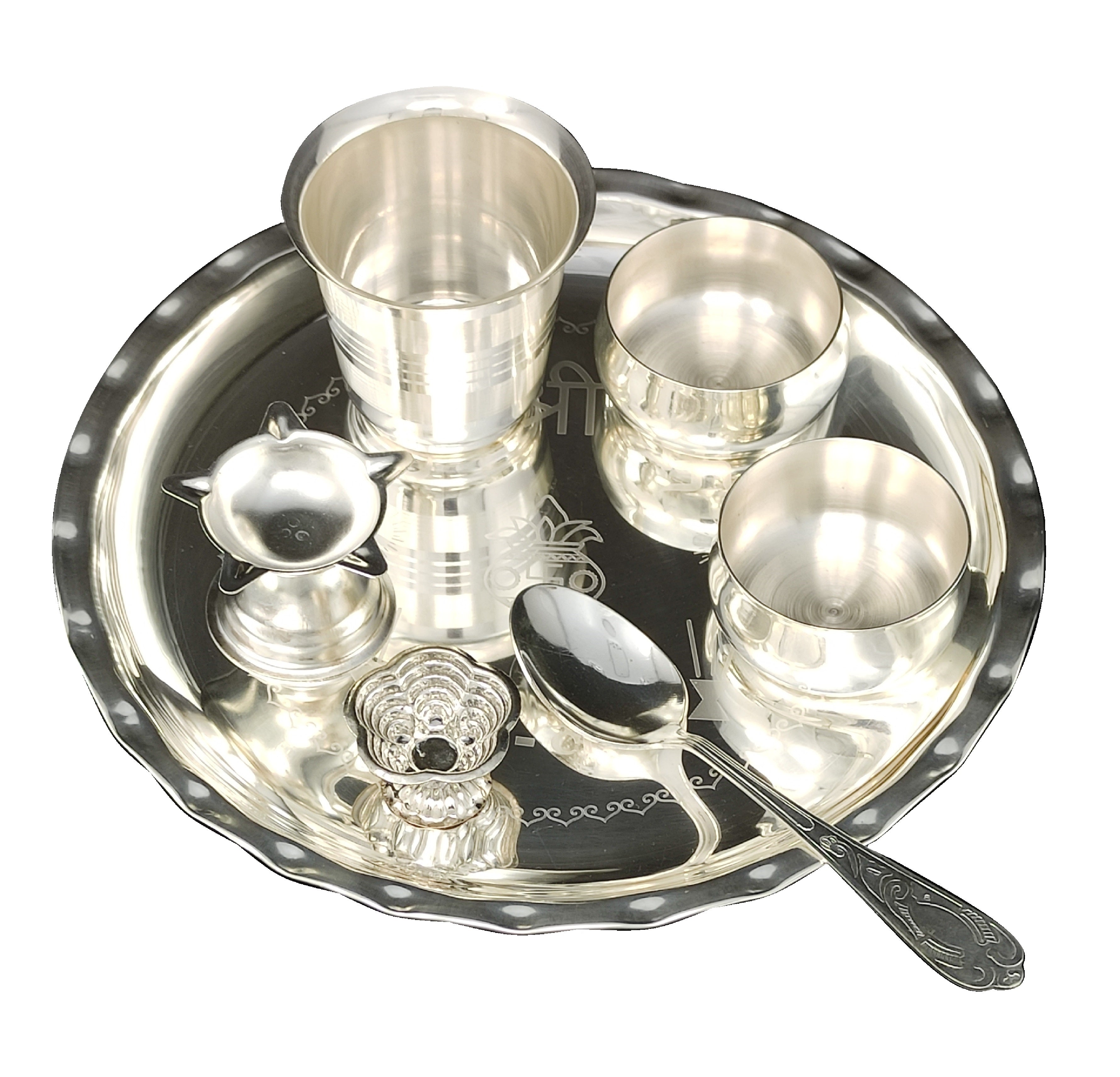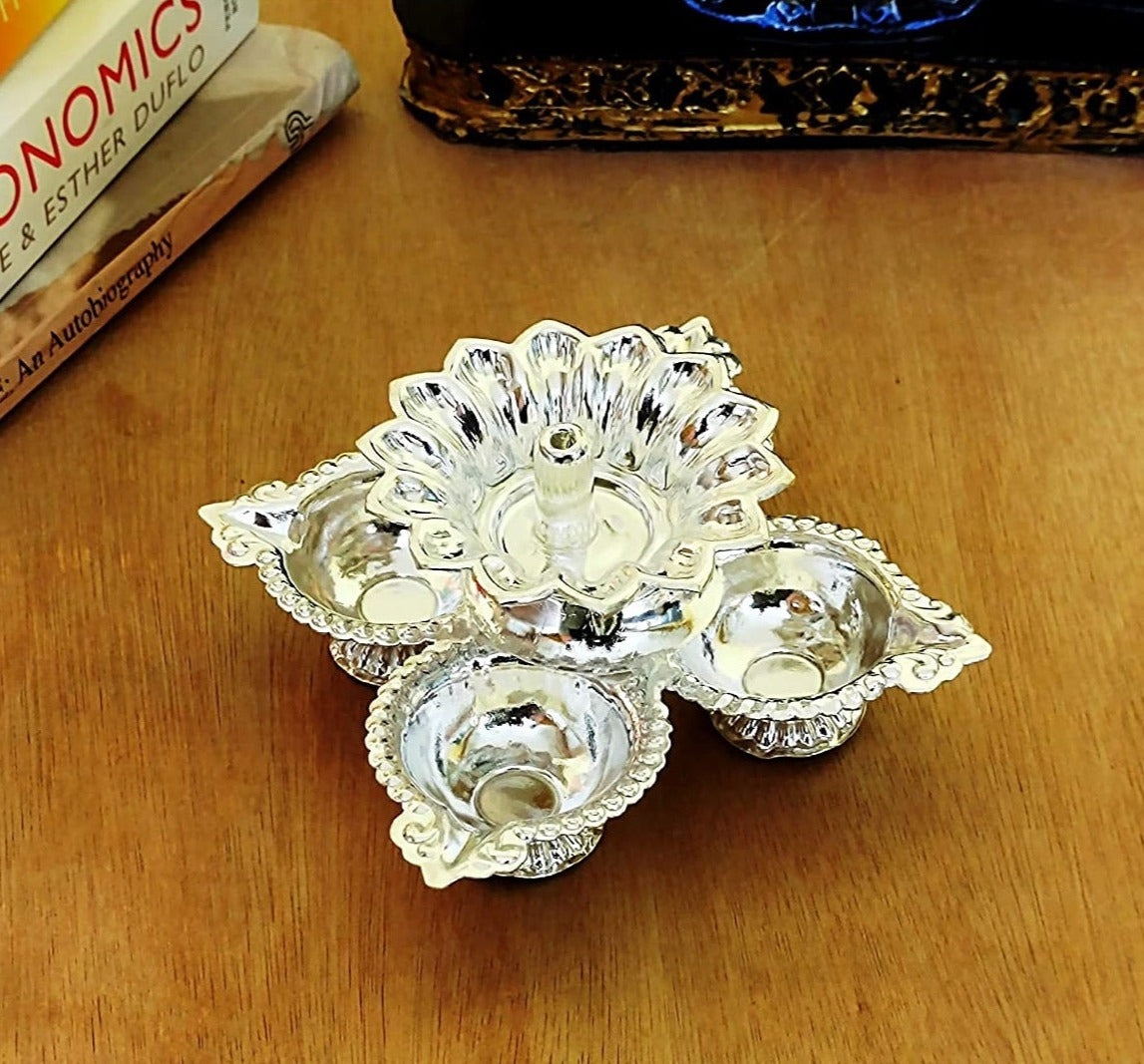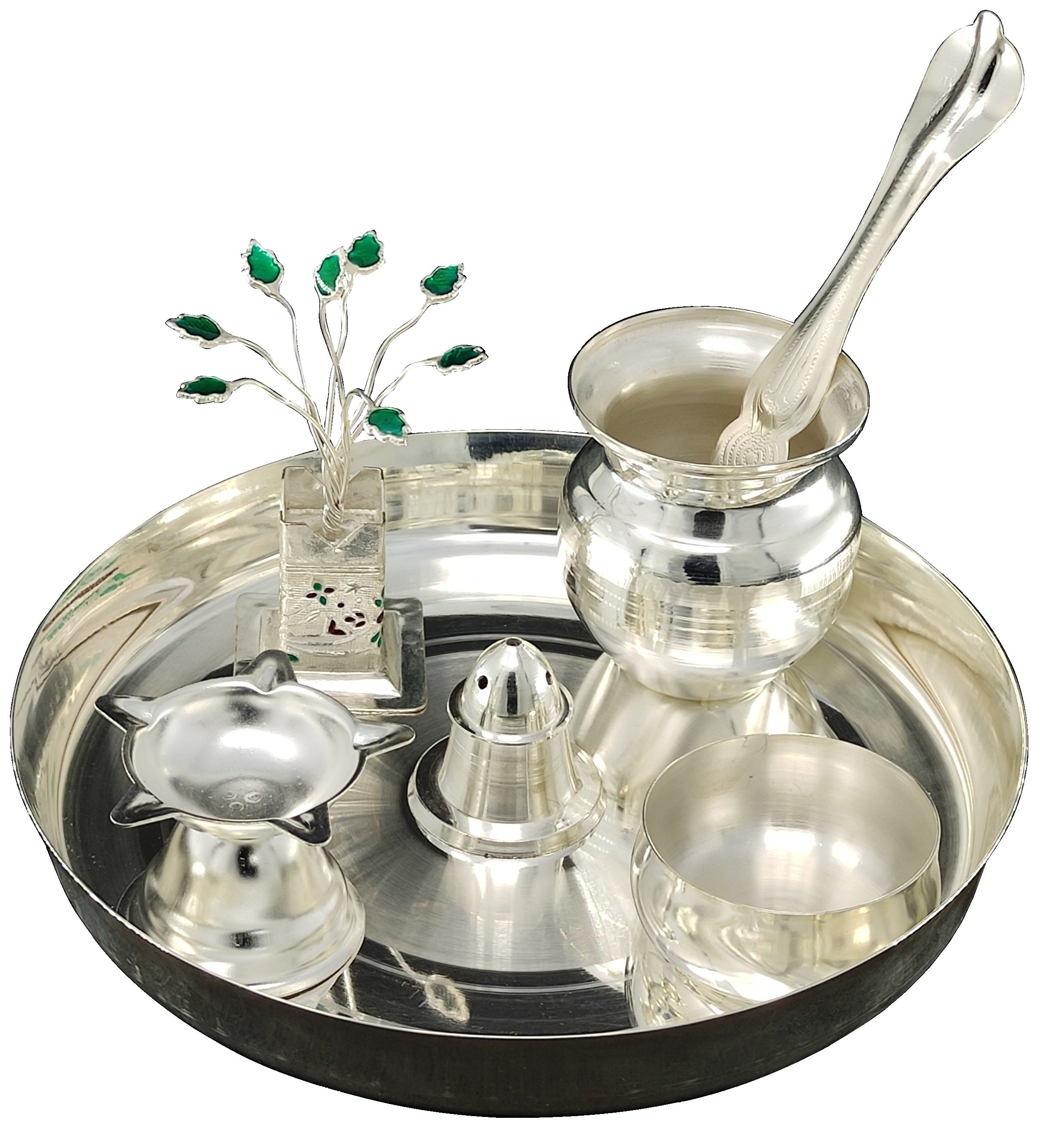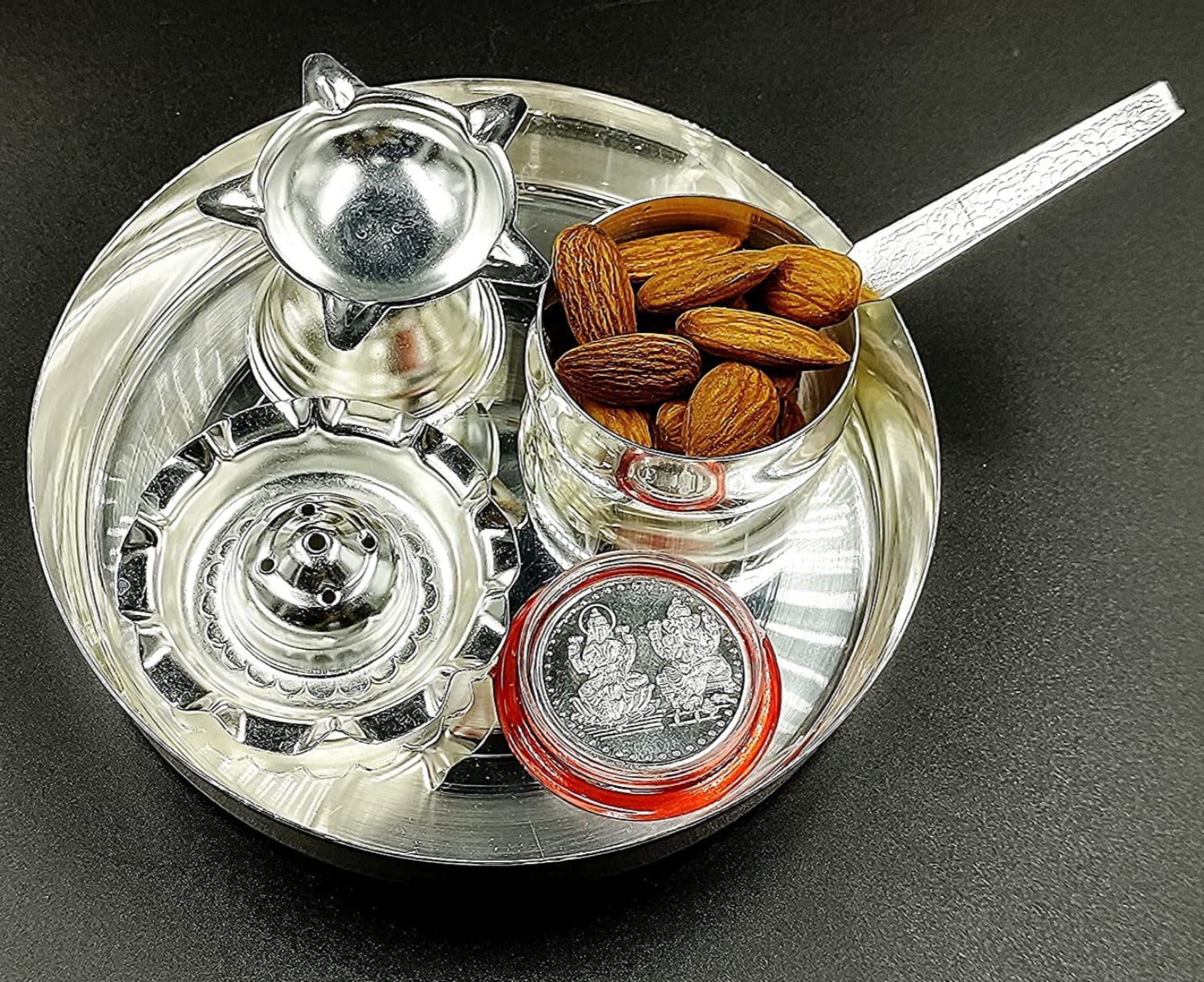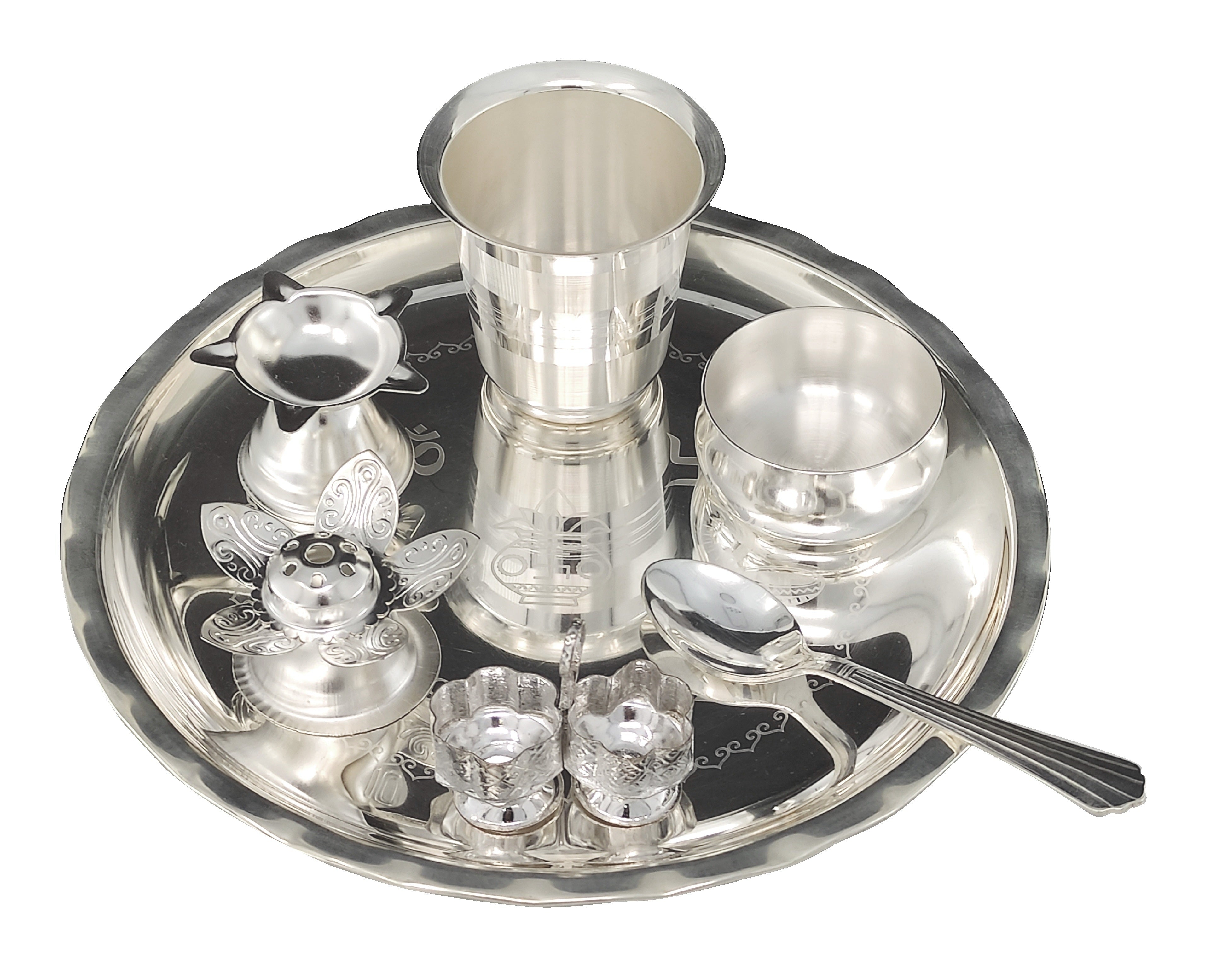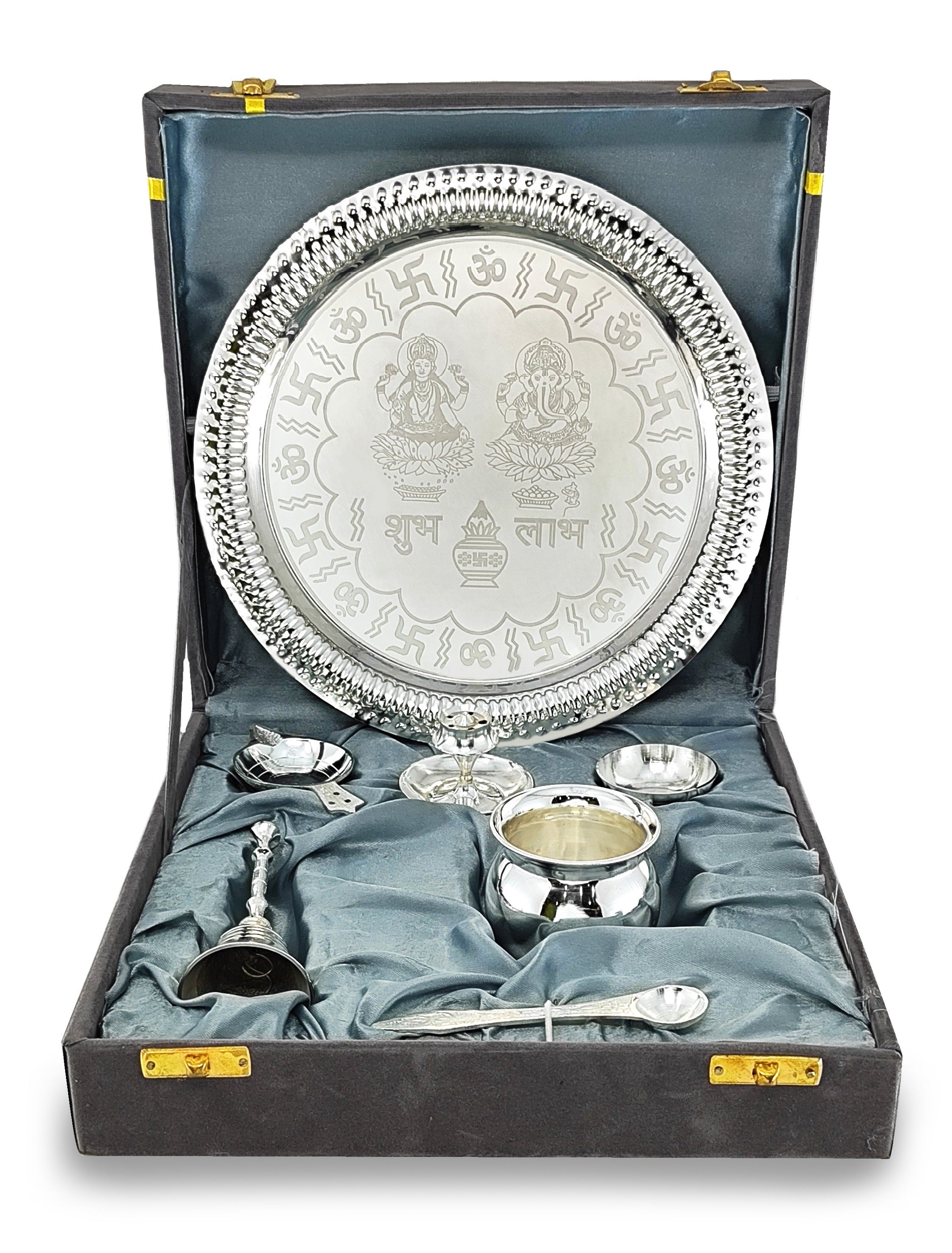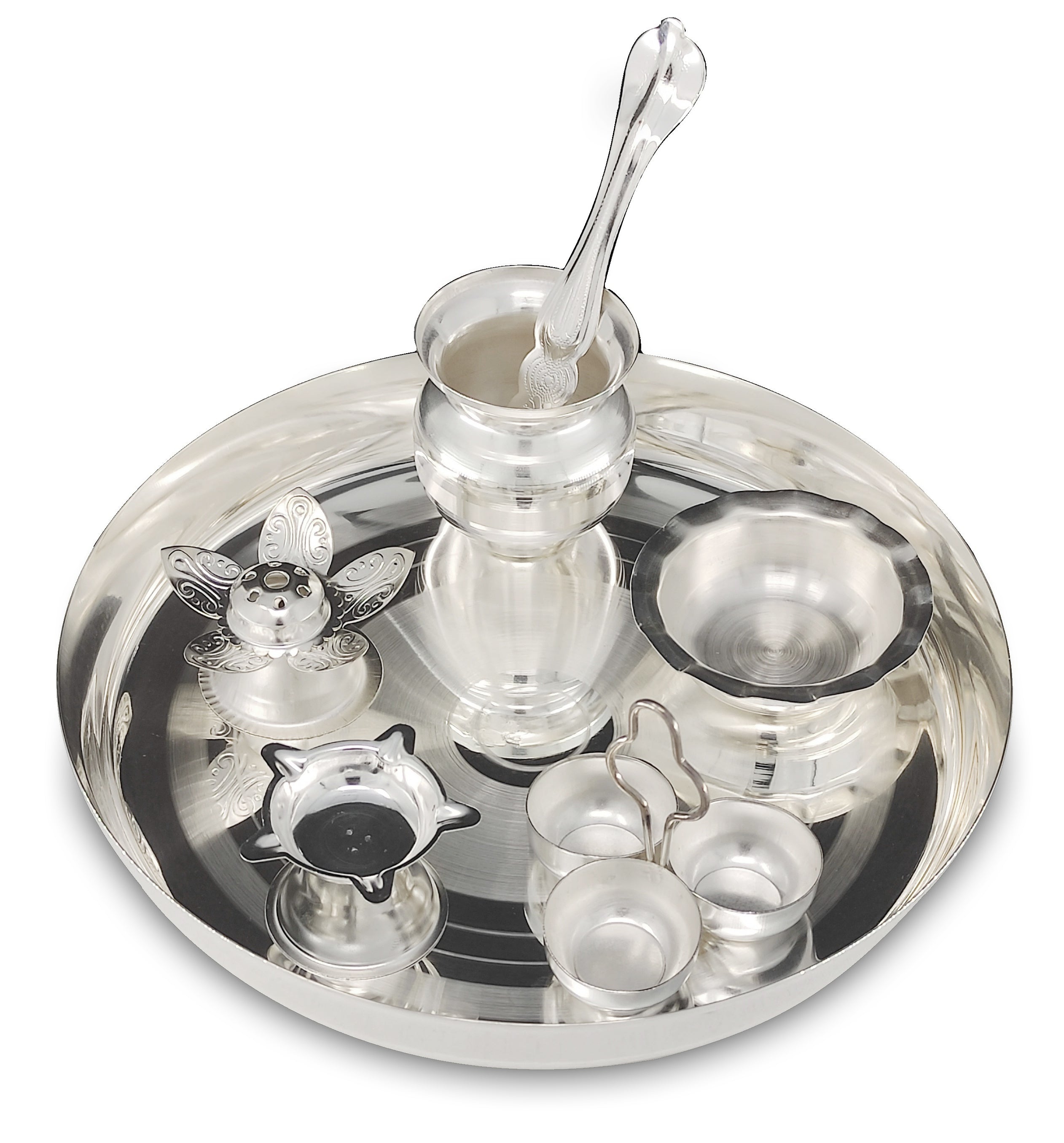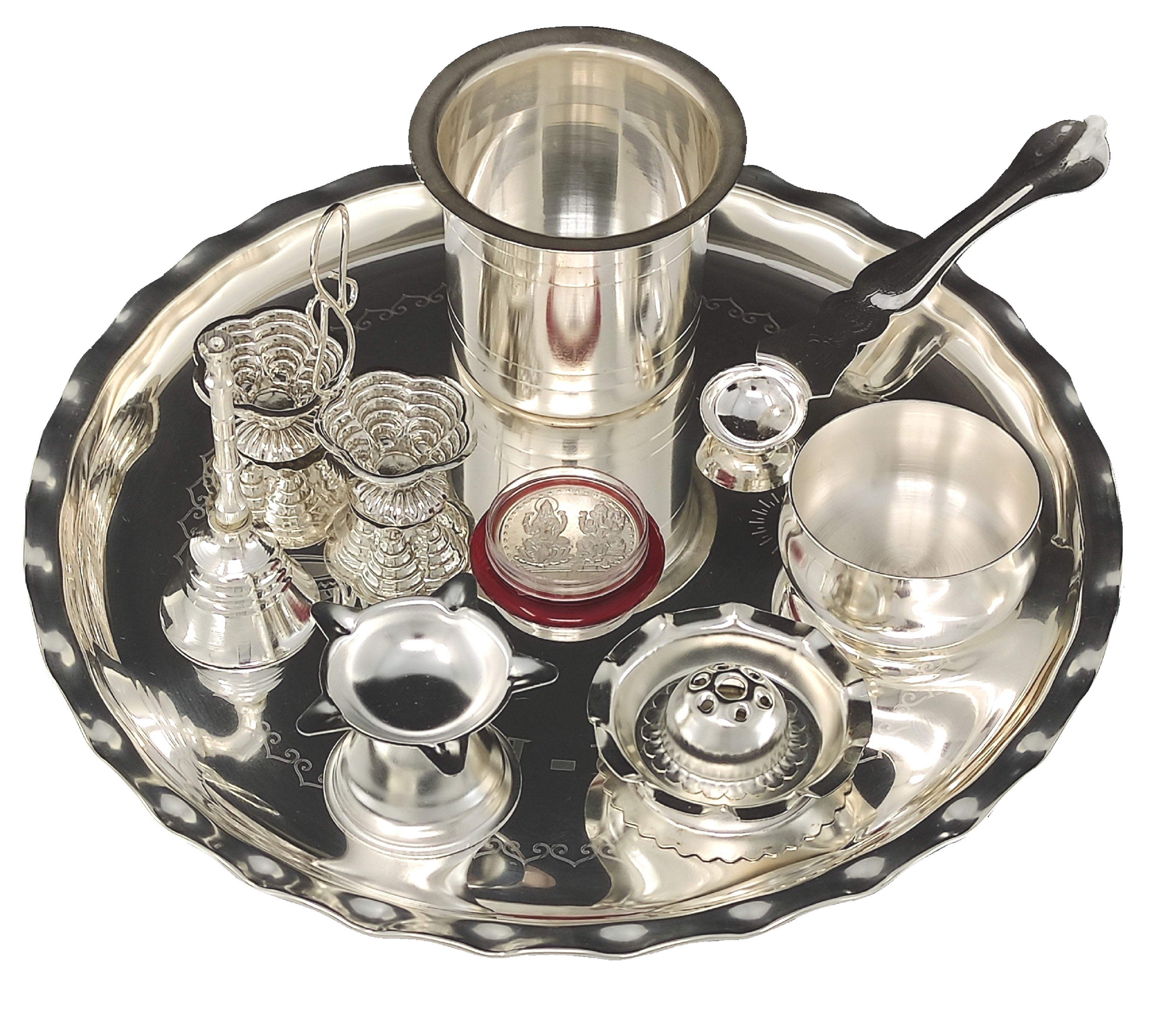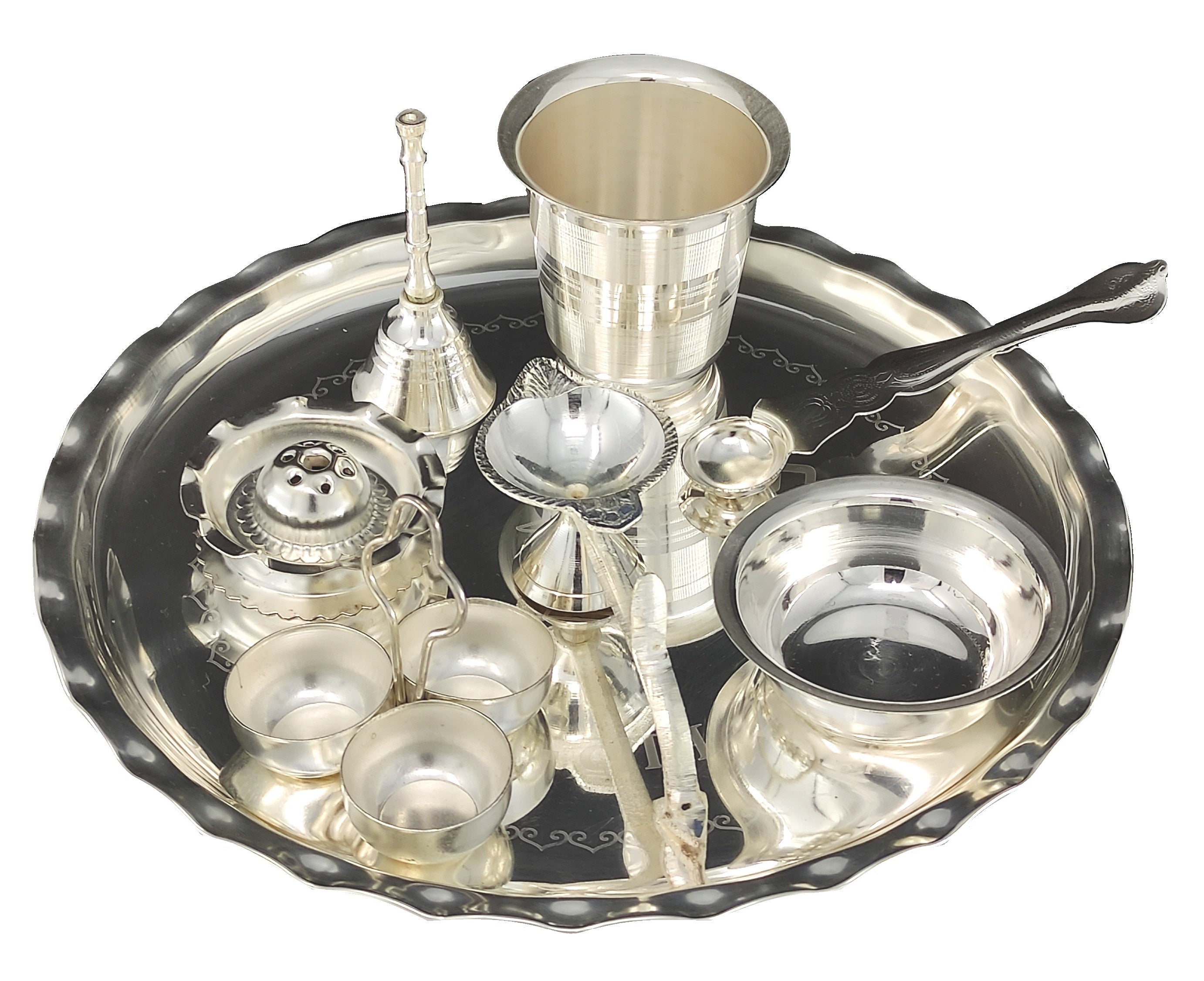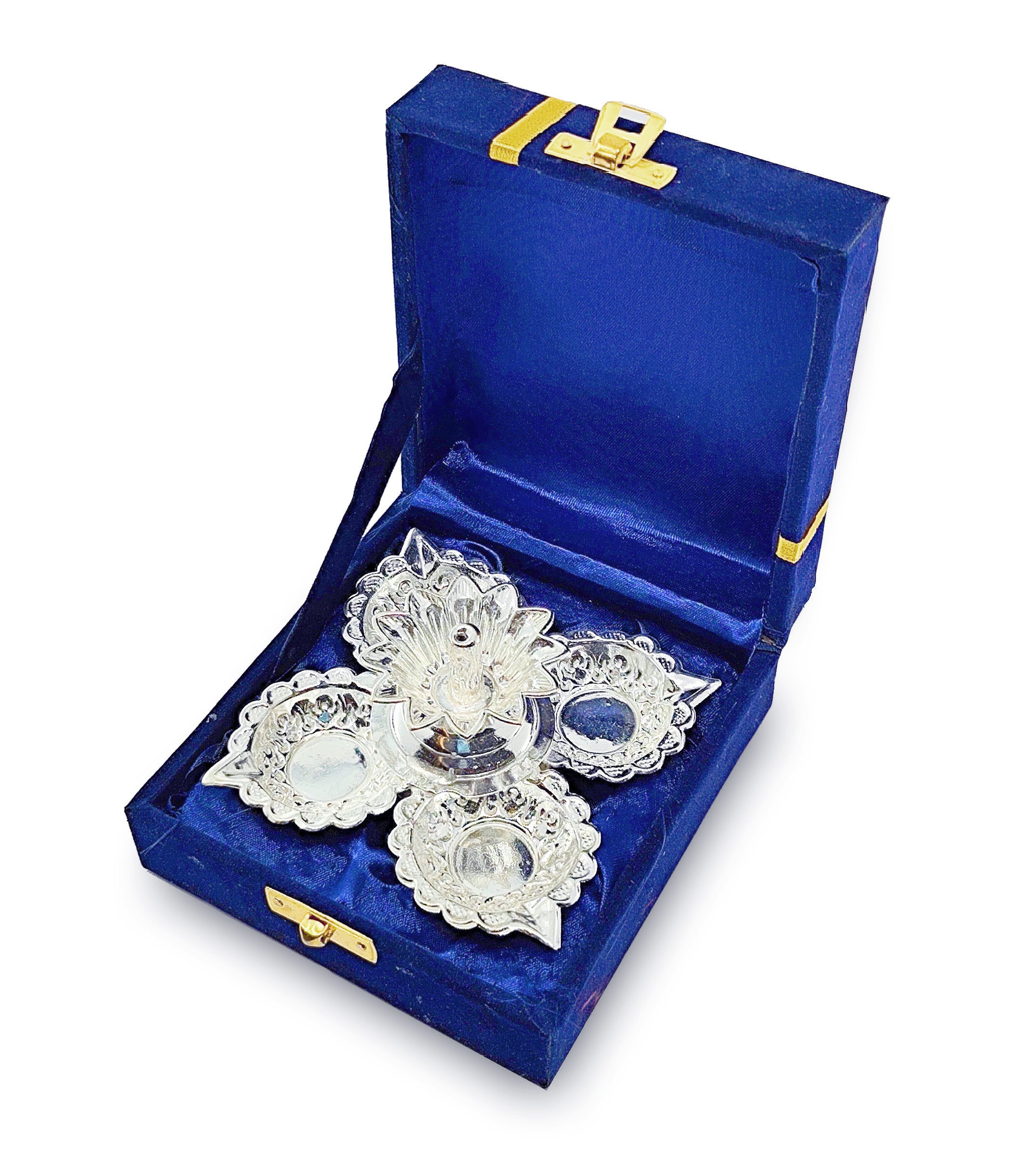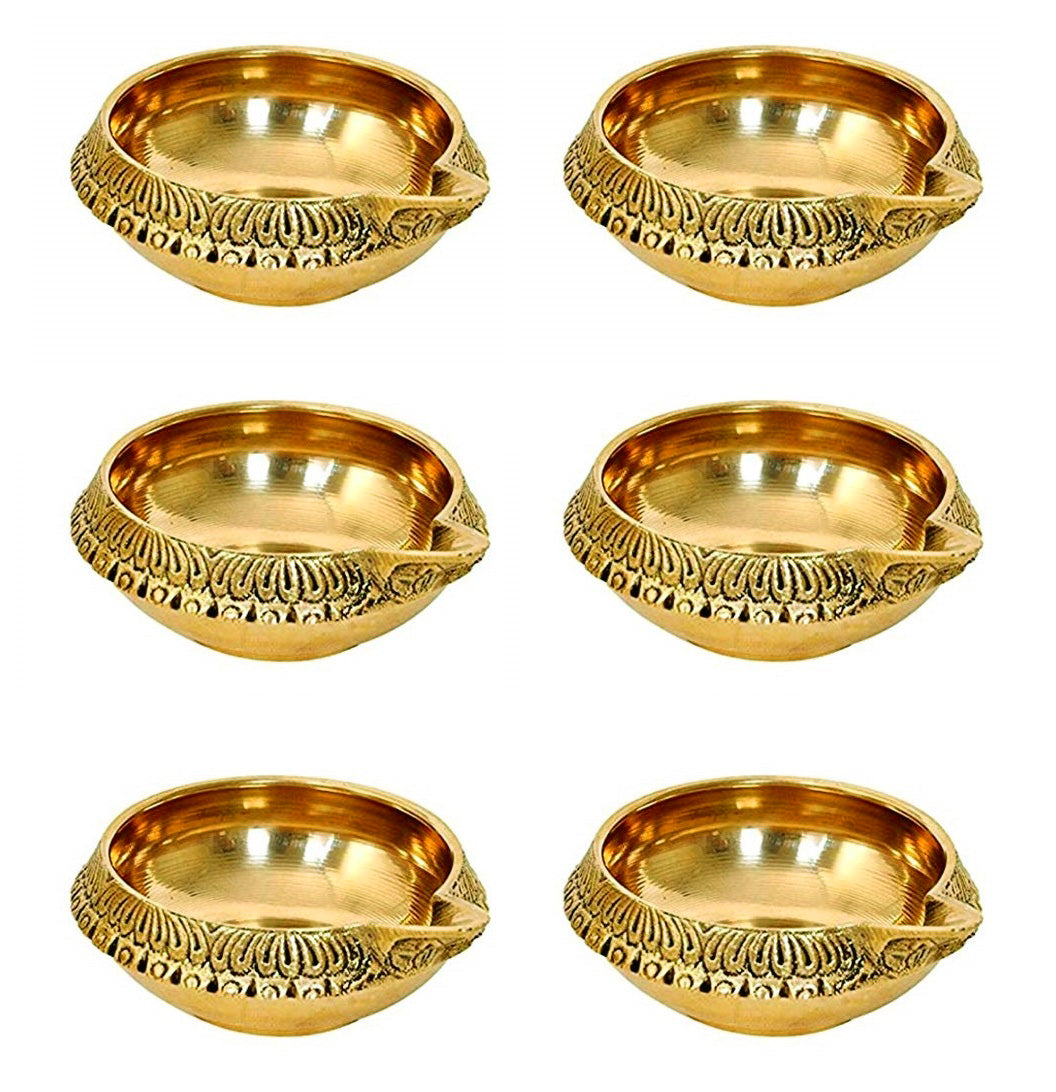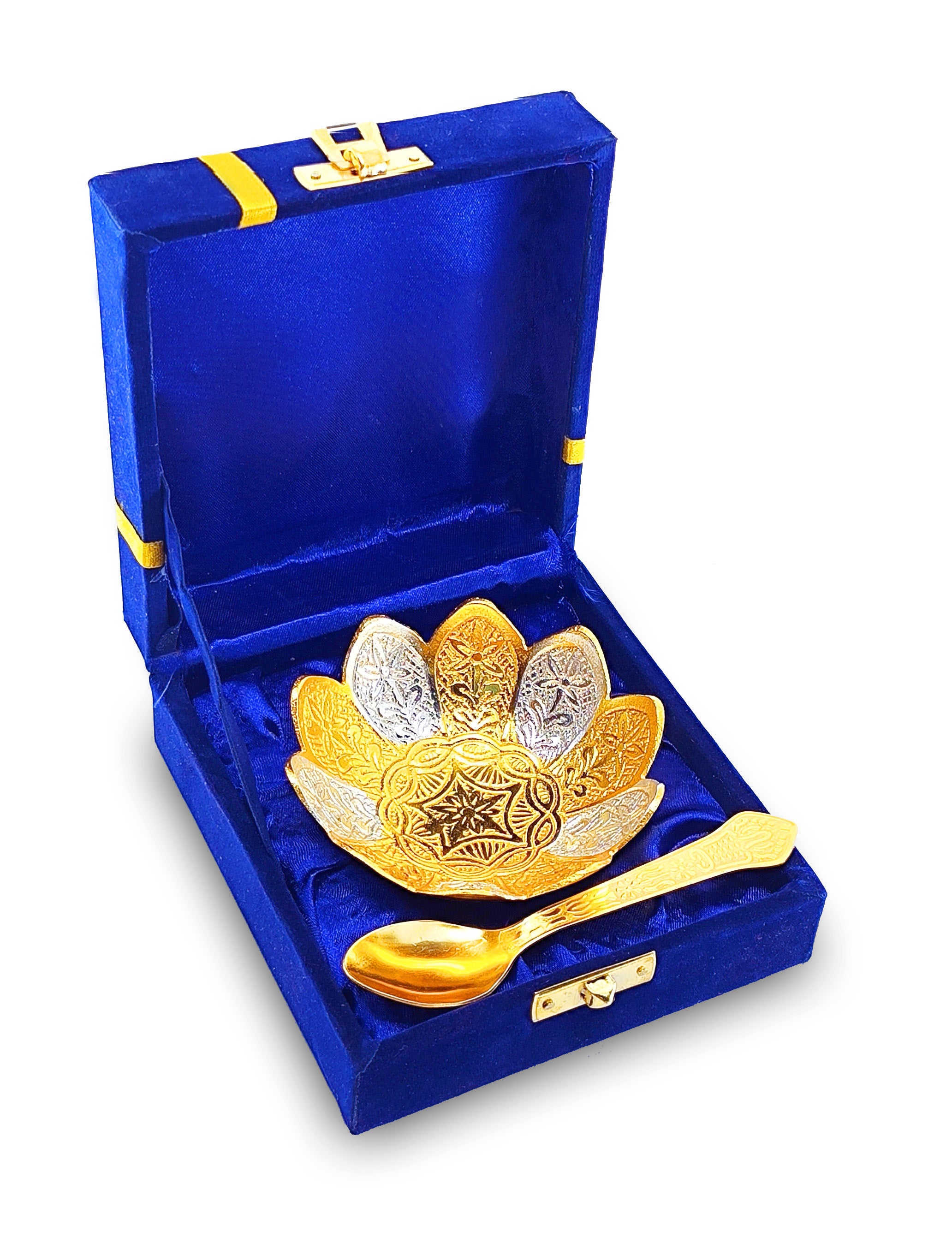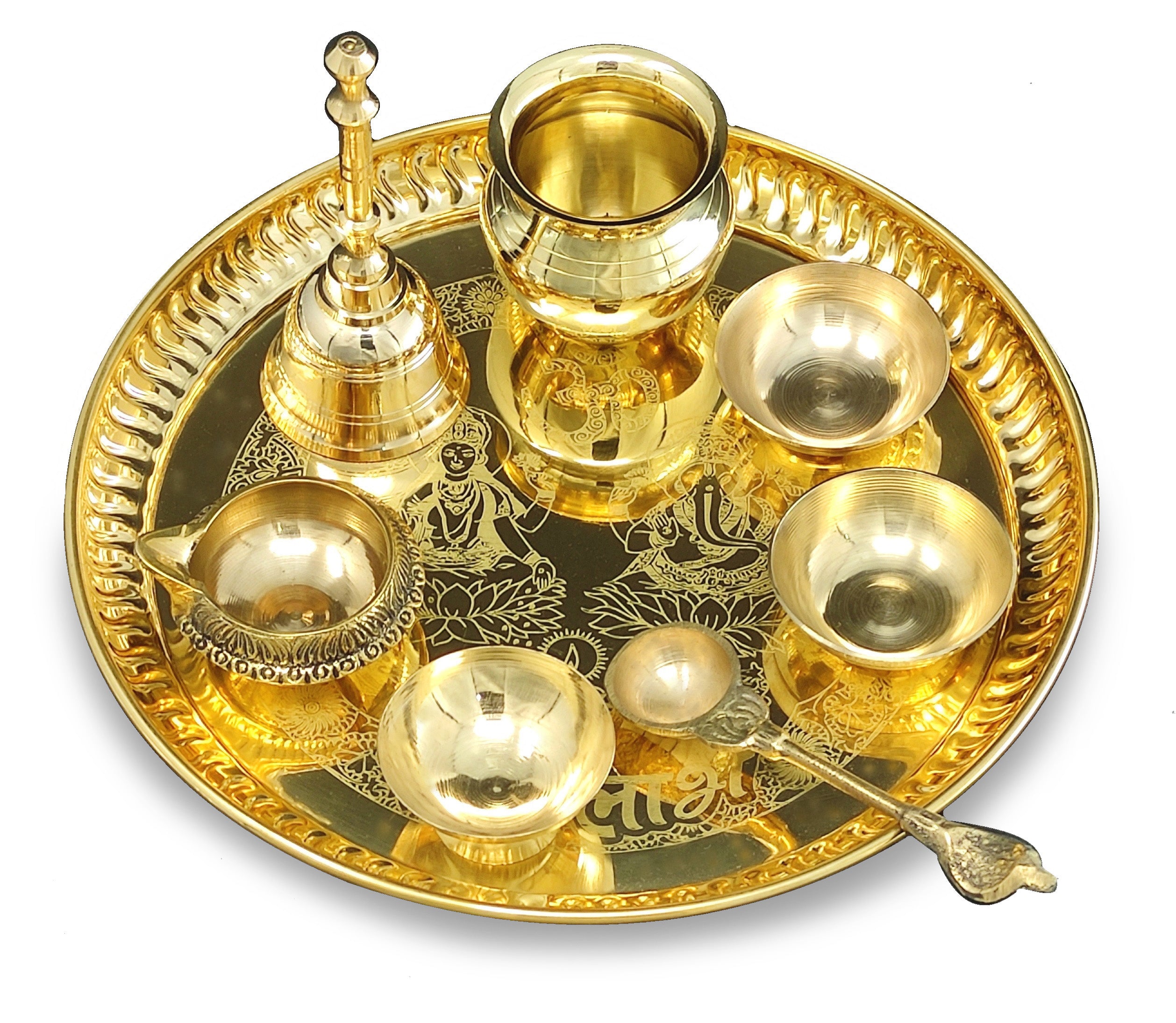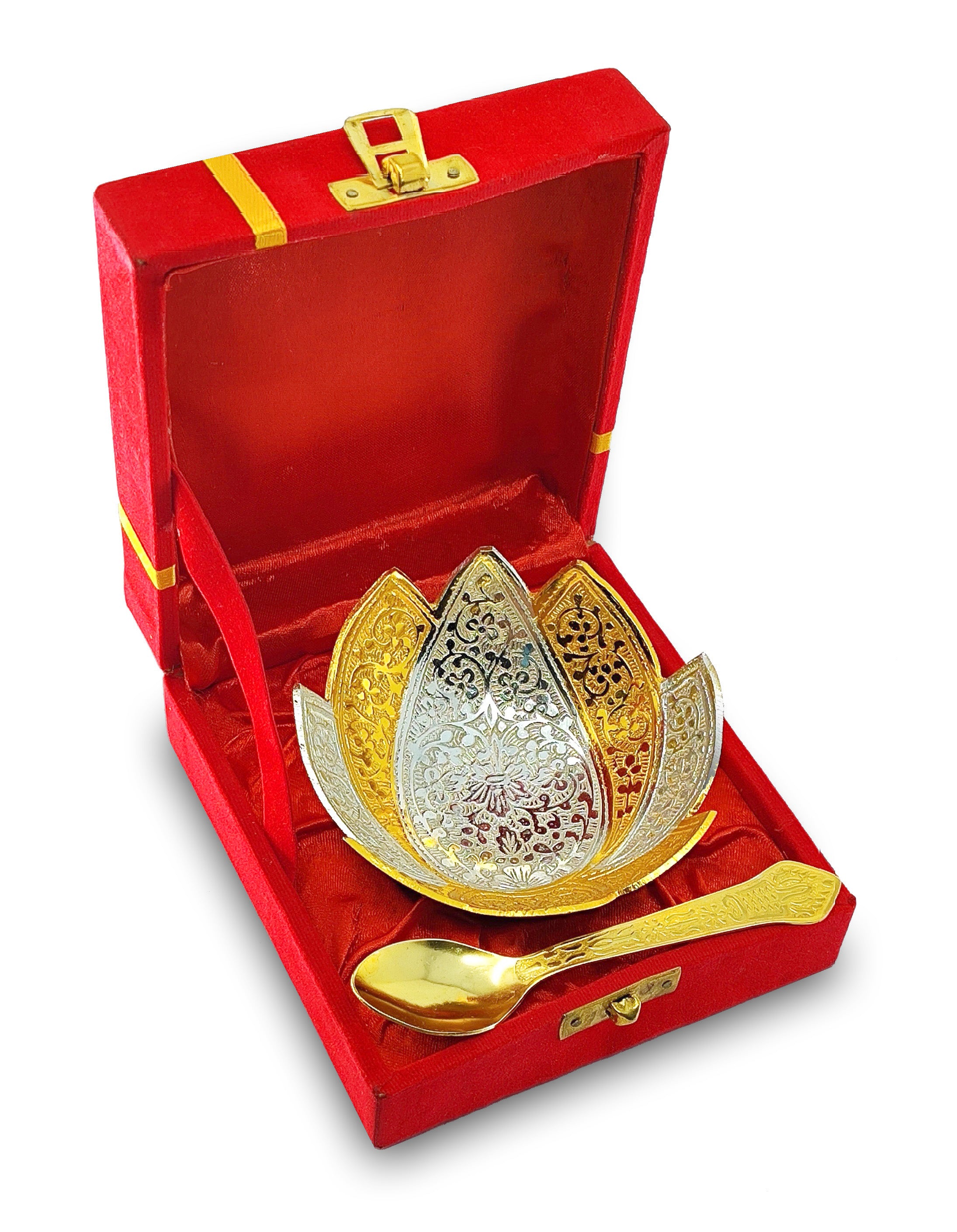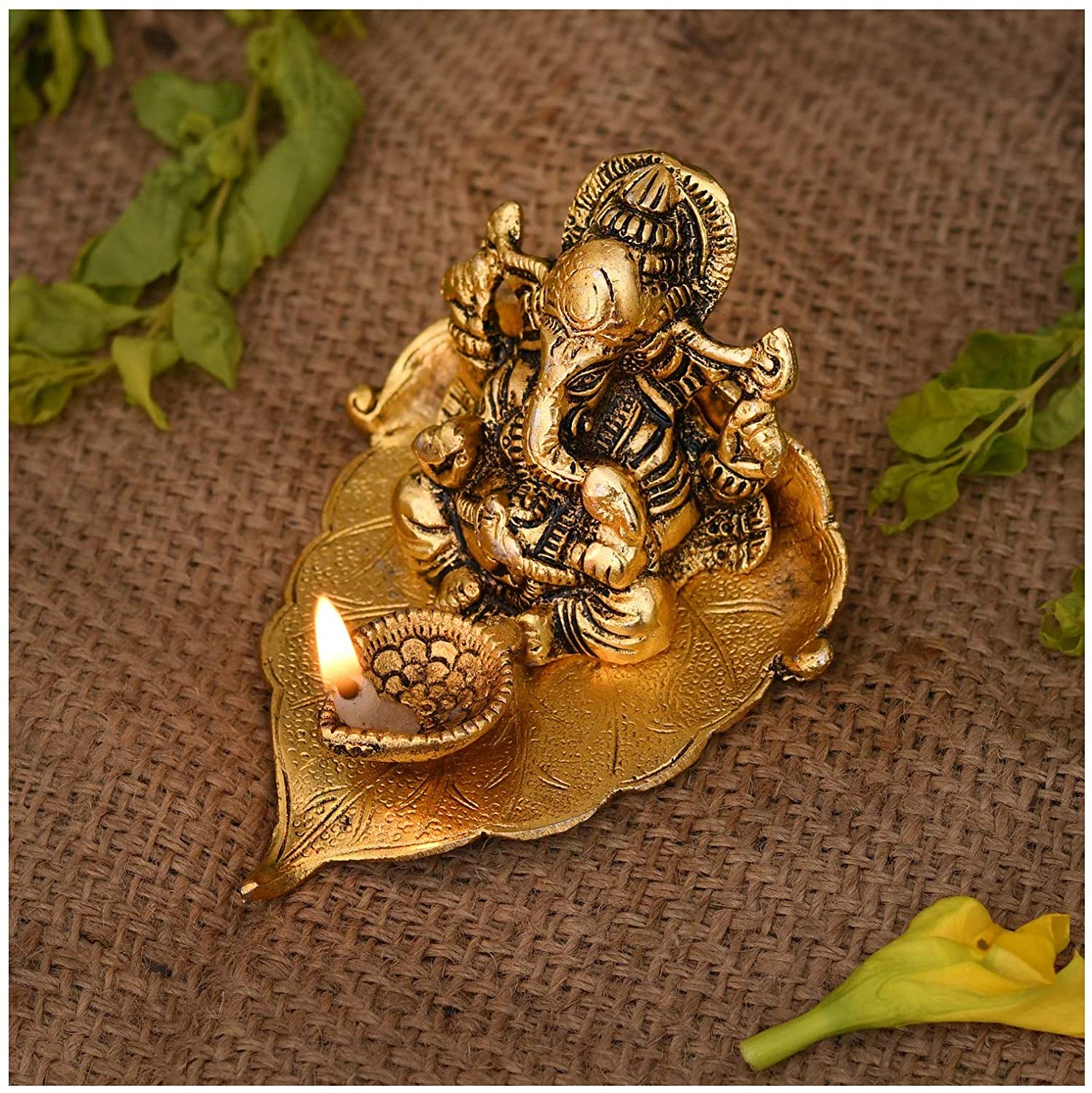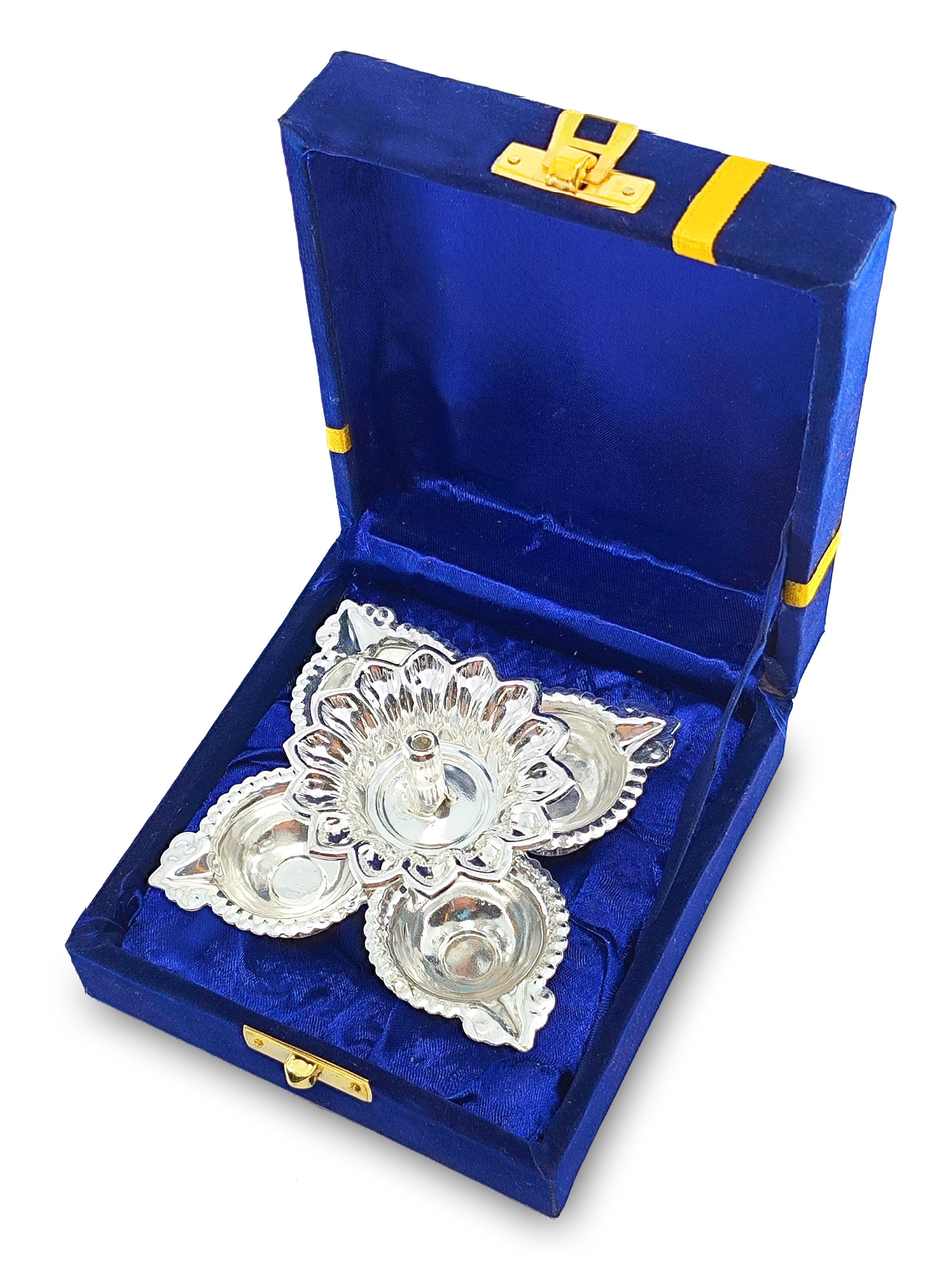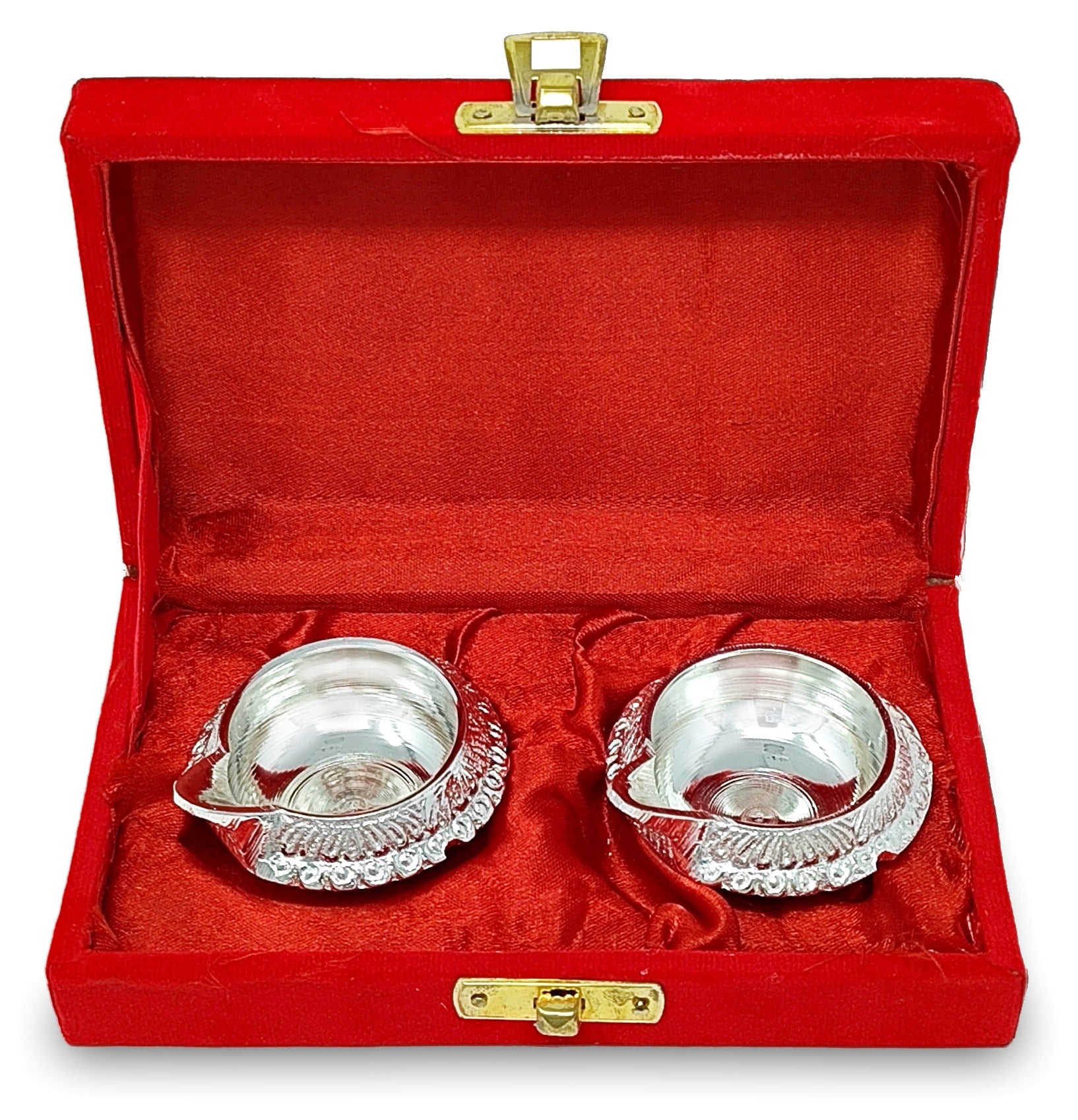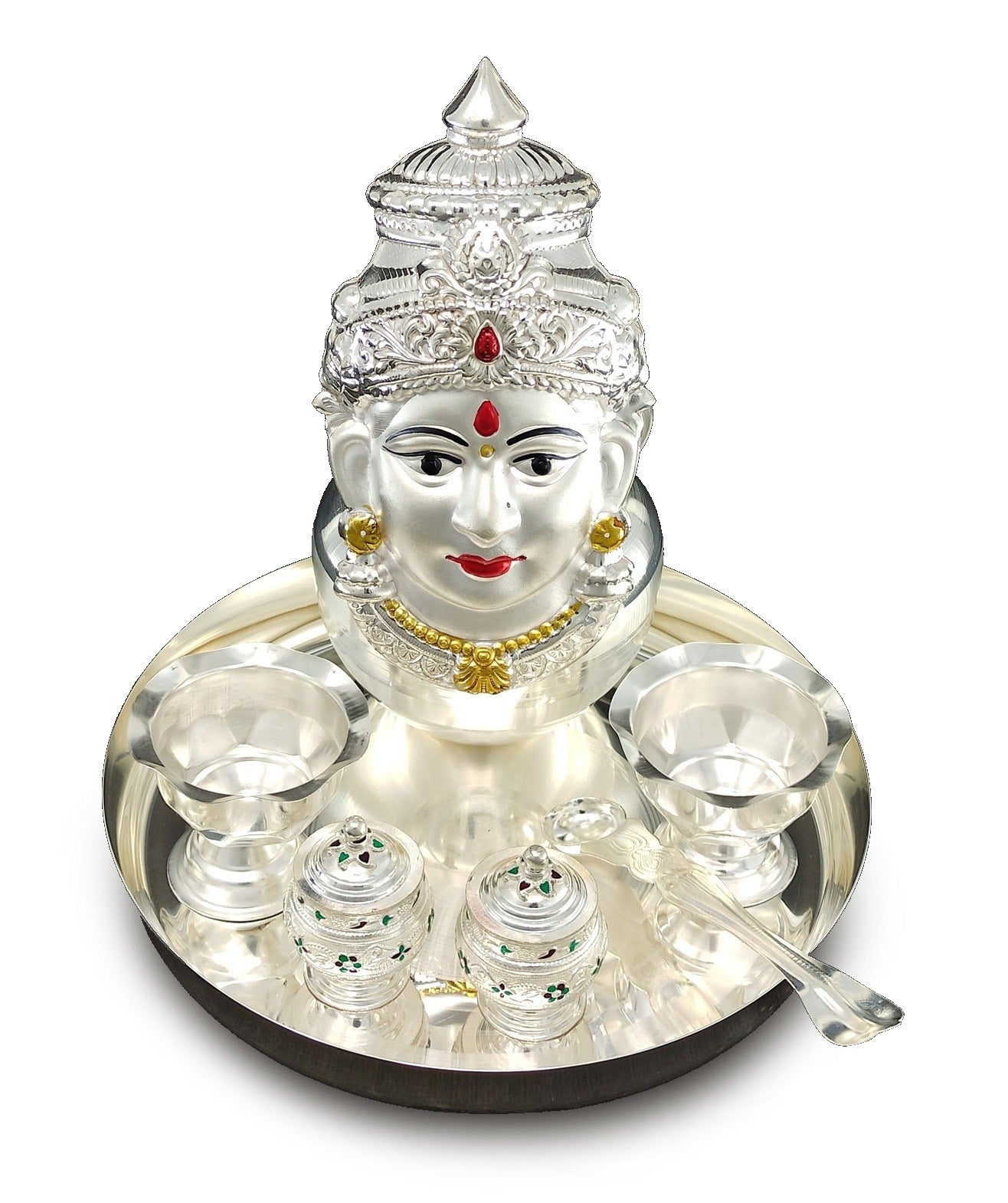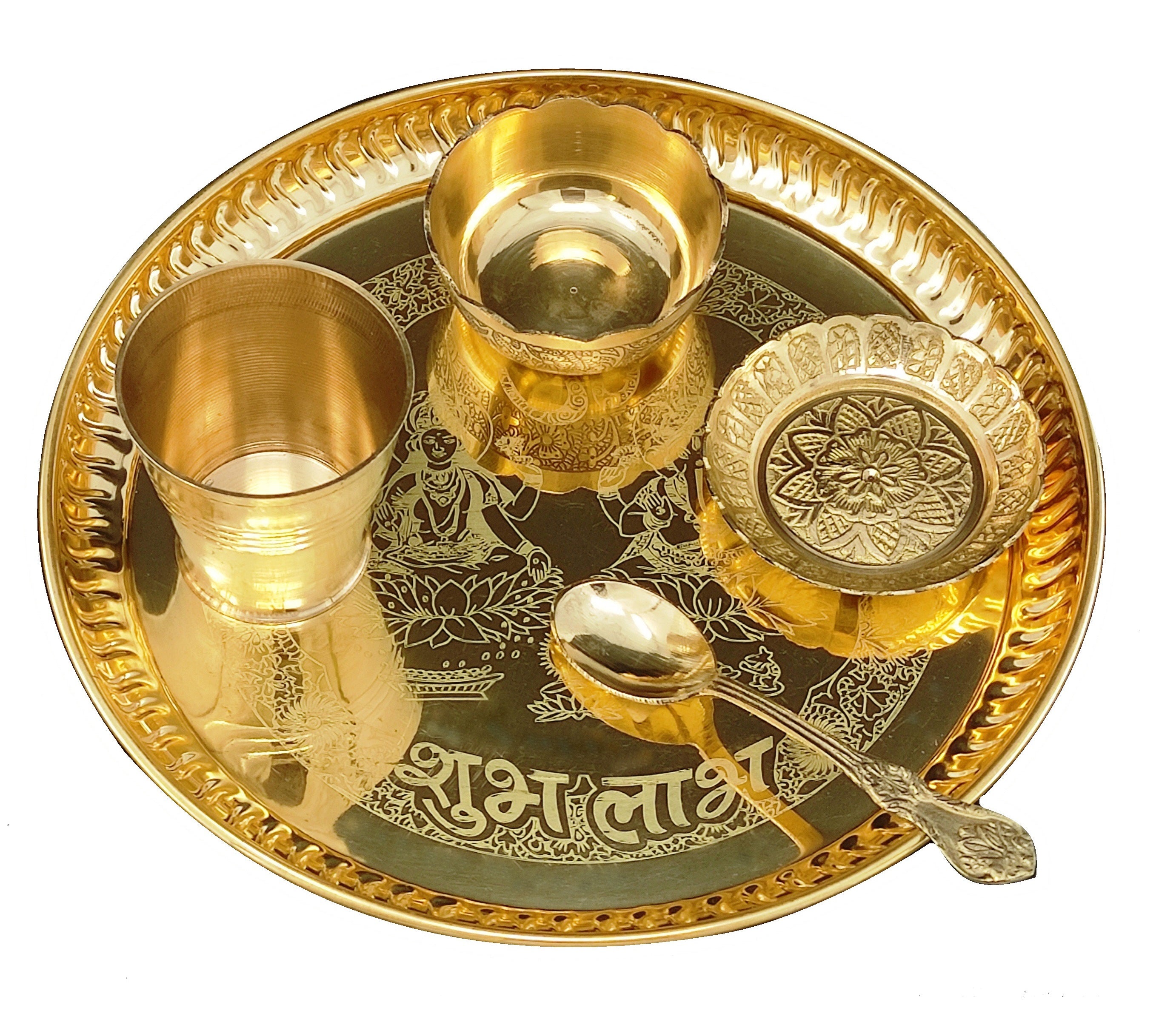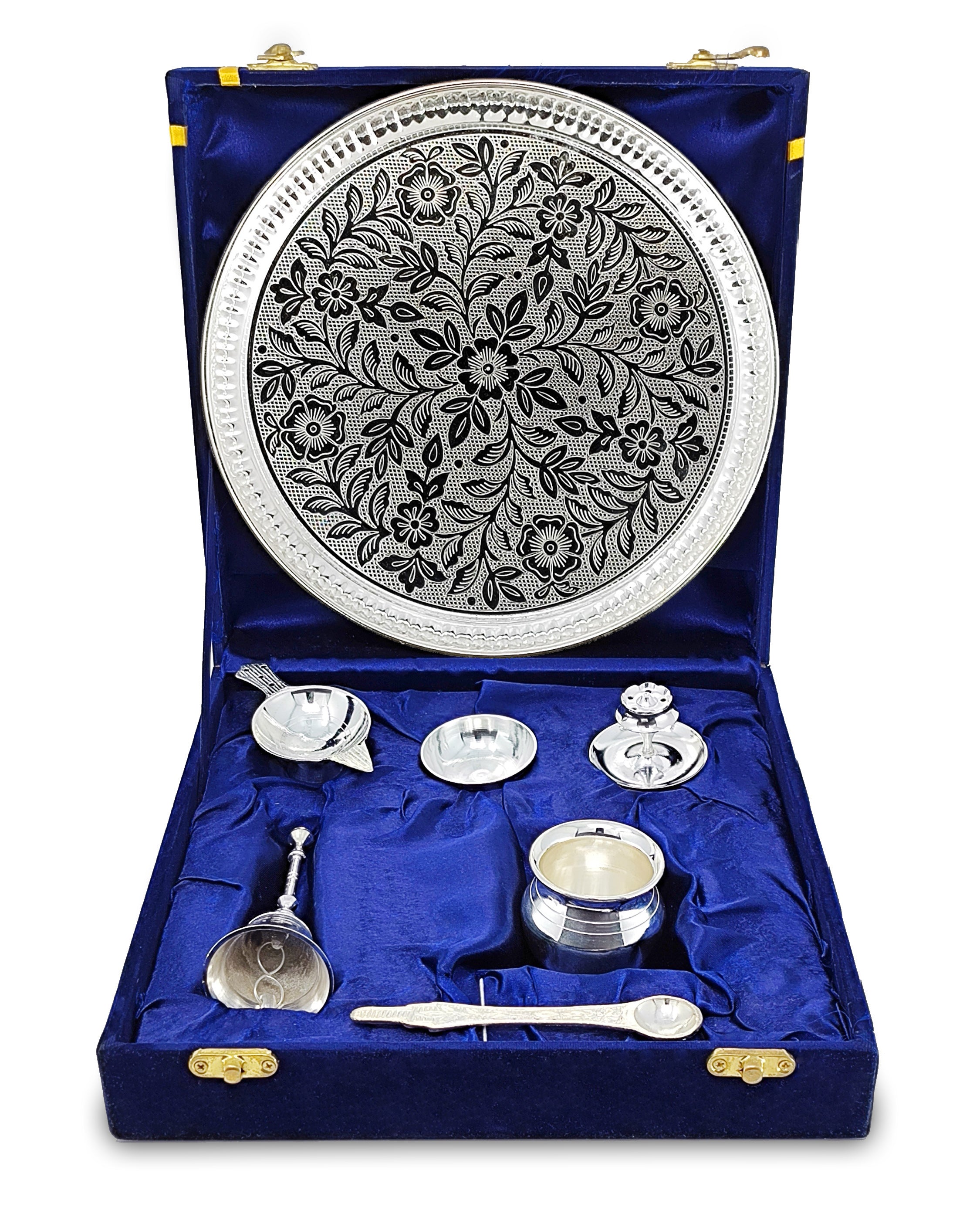Shravan, also known as Sawan, is one of the most spiritually significant months in the Hindu calendar. Falling between July and August, this period marks the heart of the monsoon season and is considered the holiest time to offer prayers, observe fasts, and reconnect with divine energy. Across India, millions of people celebrate Shravan with deep devotion, but what’s fascinating is how different these celebrations can be depending on the region. North and South India, while unified in reverence, observe this month with different calendars, customs, and cultural expressions. This blog takes you through the beautiful and rich contrasts in how Shravan is celebrated in both parts of the country.
To start, it’s essential to understand that Shravan doesn’t begin on the same day across India. This is mainly due to the use of two different calendar systems. In North India, the Purnimant calendar is followed. According to this system, the month begins the day after the full moon (Purnima). As a result, Shravan in North India typically begins around mid-July and lasts until mid-August. On the other hand, South India follows the Amavasyant calendar, where months begin after the new moon (Amavasya). Therefore, the Shravan month in South India begins about fifteen days later than in the North and can extend into the later half of August.
Shravan Observances in North India: Devotion to Lord Shiva
In North India, Shravan is a month devoted primarily to Lord Shiva. One of the most visible and grand practices is the observance of Shravan Somvar, which involves fasting and praying on Mondays throughout the month. Devotees visit Shiva temples, offer milk and Bel (Bilva) leaves to the Shiva Lingam, and chant mantras like “Om Namah Shivaya.” For many, it is believed that observing fasts on these Mondays brings peace, prosperity, and spiritual growth. Another striking feature of Shravan in the North is the Kanwar Yatra. During this pilgrimage, millions of Shiva devotees, known as Kanwariyas, walk barefoot to the Ganges River to collect sacred water in pots and carry it back to their hometowns to offer at local Shiva temples. This tradition, though intense and physically demanding, is seen as an act of pure devotion.
North India also celebrates many other festivals during this month. Nag Panchami is one of them, where people worship snakes or snake gods by offering milk and sweets at temples or near anthills. This day symbolizes the respect people have for nature and its creatures. Hariyali Teej, particularly popular in Rajasthan, Uttar Pradesh, and Bihar, is celebrated by women who pray for the well-being of their husbands. They dress in green, sing traditional songs, apply henna, and swing on beautifully decorated jhulas (swings). This festival highlights the importance of love, marital harmony, and the joy that the rains bring. Towards the end of Shravan, Raksha Bandhan is observed with great love and affection. Sisters tie protective threads on their brothers’ wrists, and in return, brothers vow to protect them. This bond of siblinghood is one of the most heartwarming aspects of Indian culture.
Shravan in South India: Goddess Worship and Family-Centric Rituals
In contrast, Shravan in South India, though equally spiritual, focuses more on goddess worship and family rituals. In Tamil Nadu, Karnataka, Andhra Pradesh, and Kerala, this month is often referred to as Aadi or Aavani. While Lord Shiva is still worshipped, more importance is given to the feminine energy of the universe. One of the major rituals is the Varalakshmi Vrat, observed mostly by married women. On this day, they pray to Goddess Lakshmi for the prosperity, health, and longevity of their families. A unique aspect of this ritual is the creation of a symbolic goddess face on a coconut, which is then decorated and worshipped.
Aadi Perukku is another beautiful South Indian festival, especially observed in Tamil Nadu. It celebrates the power of rivers and water during the monsoon. Families gather near rivers to offer food, flowers, and lamps to the flowing water as a gesture of gratitude. This festival connects people to nature and reminds them of the vital role water plays in our lives. The monsoon is also a time for replenishment, and this celebration is a mark of respect for the rivers that feed the land.
South India also observes Upakarma or Avani Avittam during the month of Shravan. This is a ritual mostly performed by Brahmin men who renew their sacred thread, known as the Yajnopavita. It’s a time of reflection, chanting of Vedic mantras, and recommitment to spiritual duties. In many parts of the South, this day holds deep religious importance and is often followed by the recitation of ancient scriptures and prayers for wisdom.
Conclusion: One Spirit, Many Traditions
In conclusion, Shravan is more than just a month on the calendar. It’s a season of spirituality, family, nature, and devotion. While North India and South India may celebrate it differently through different rituals, dates, and deities, the essence remains beautifully the same. It is about faith, love, and reconnecting with something greater than ourselves. By understanding and appreciating these regional differences, we don’t just learn about culture; we embrace the spirit of India in its most sacred form.
Experience the divine energy of the sacred month of Sharavan and seek blessings for spiritual growth, prosperity, and harmony with Bengalen pooja items.
